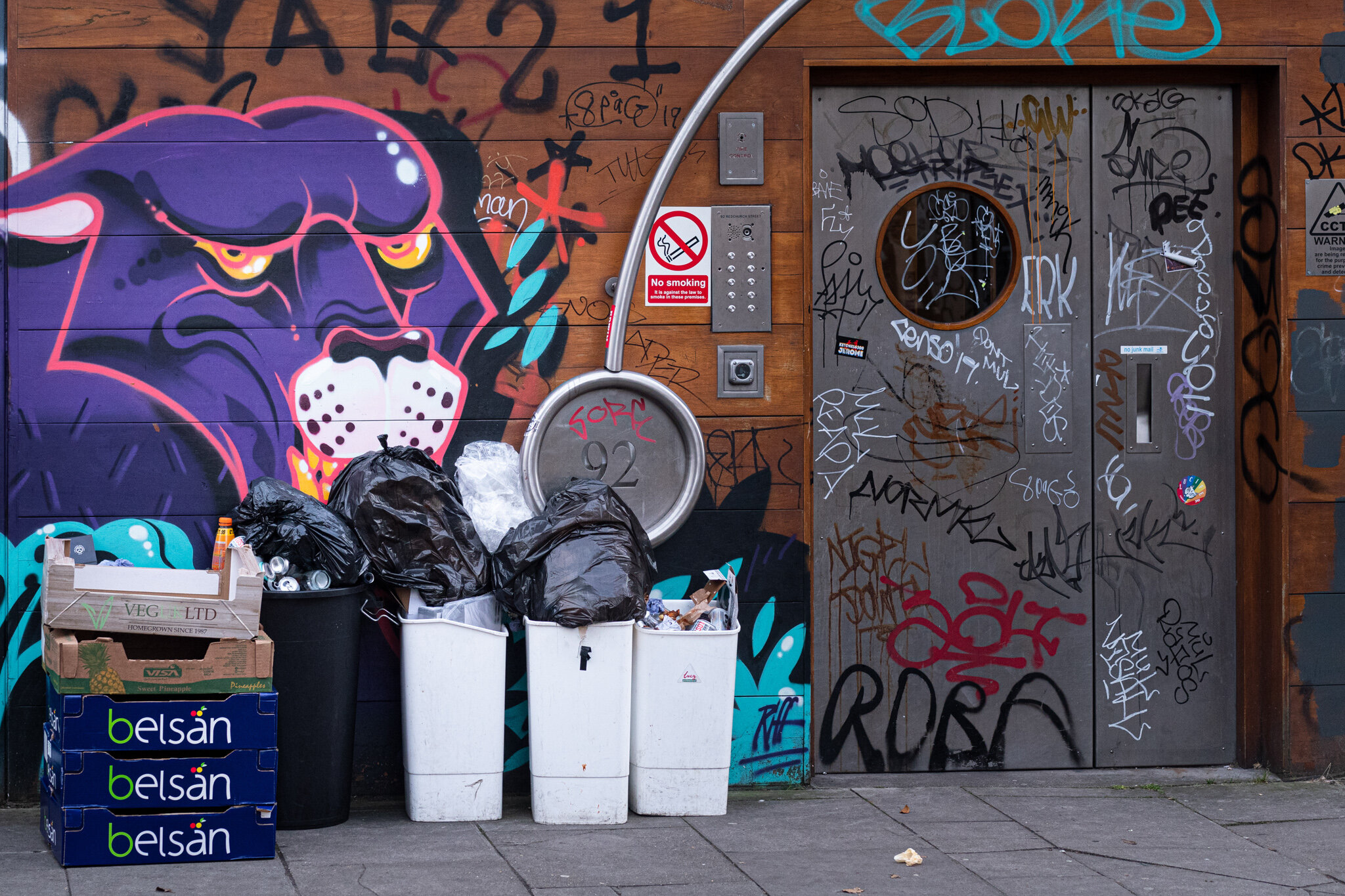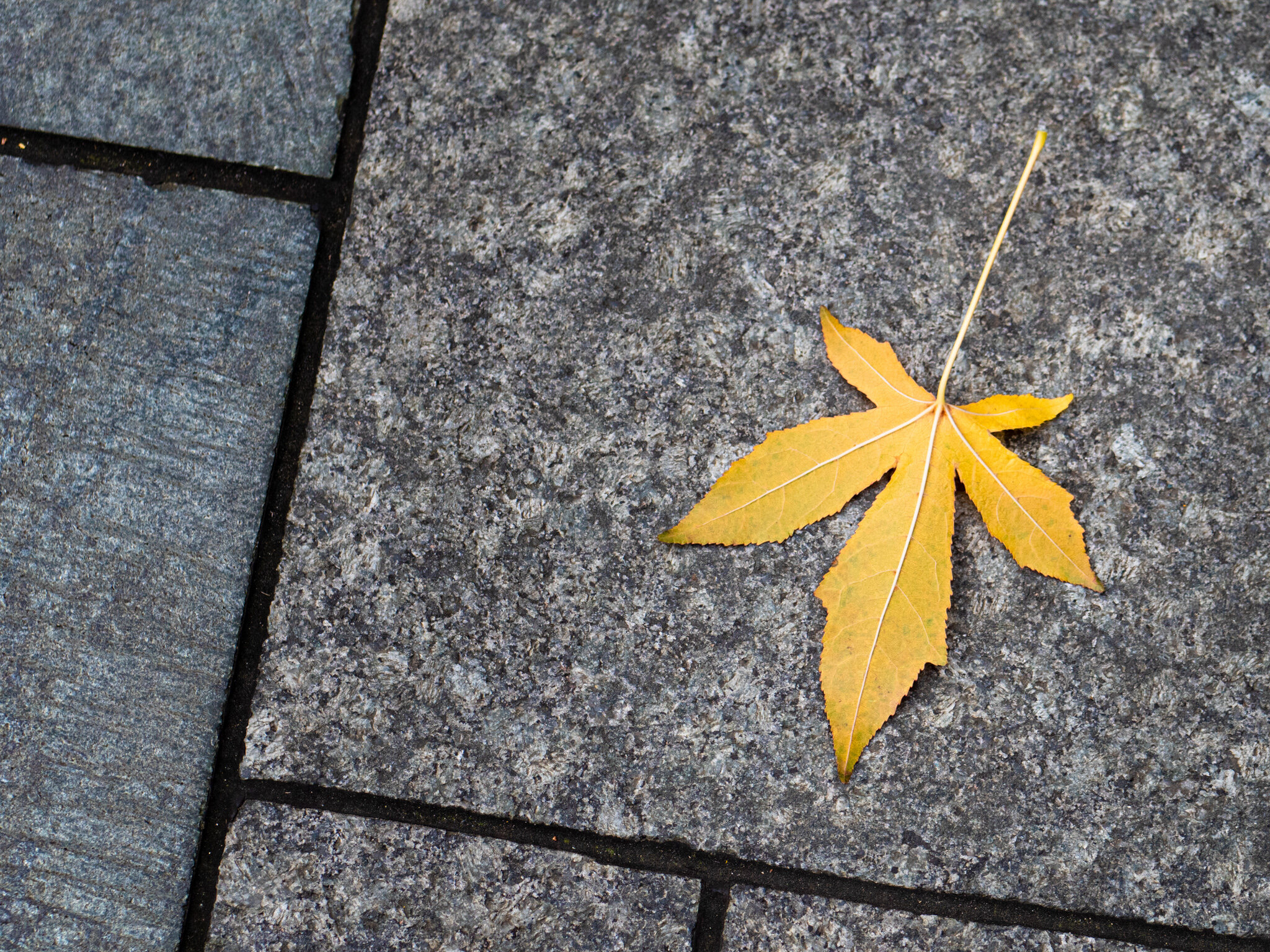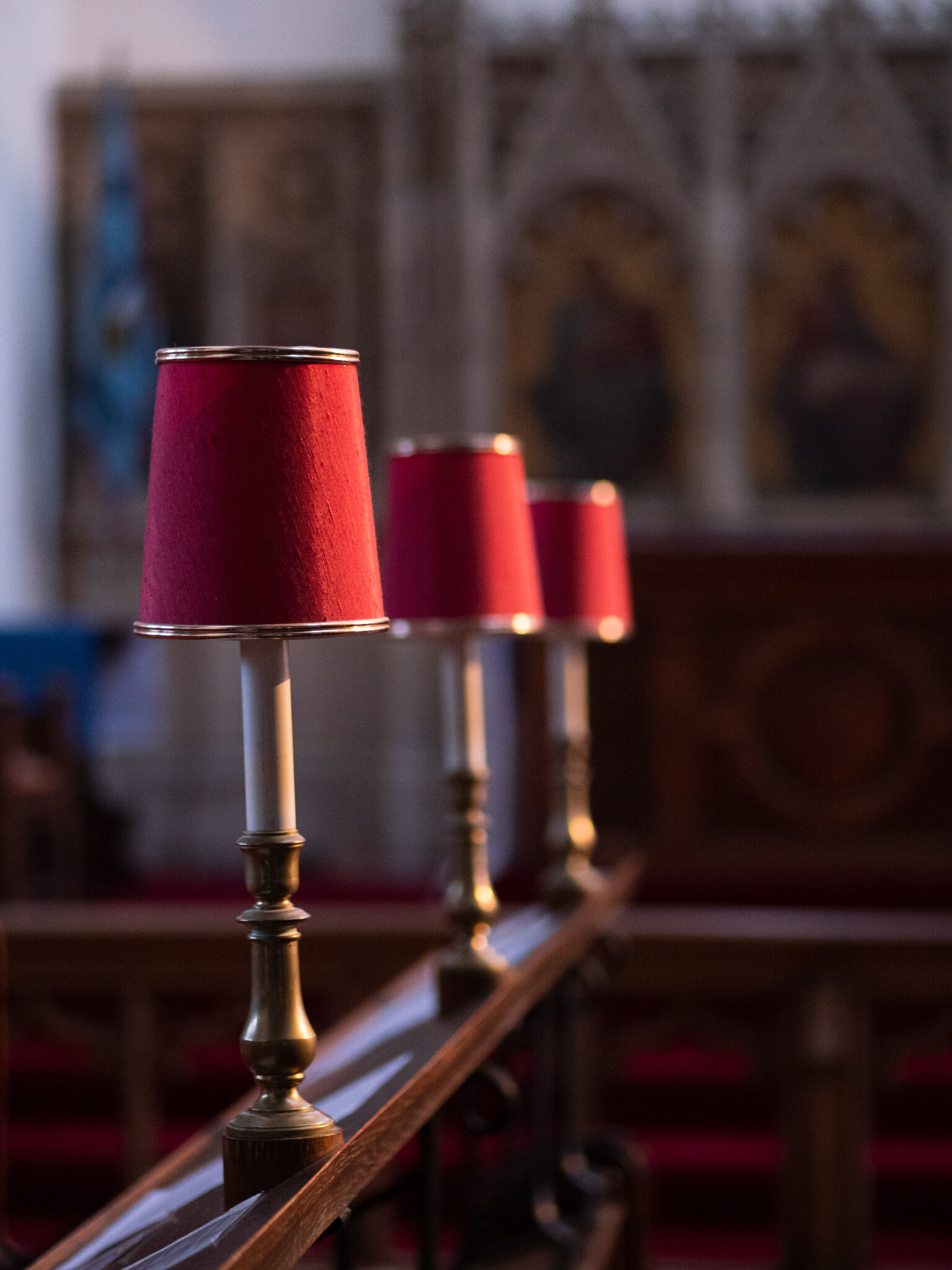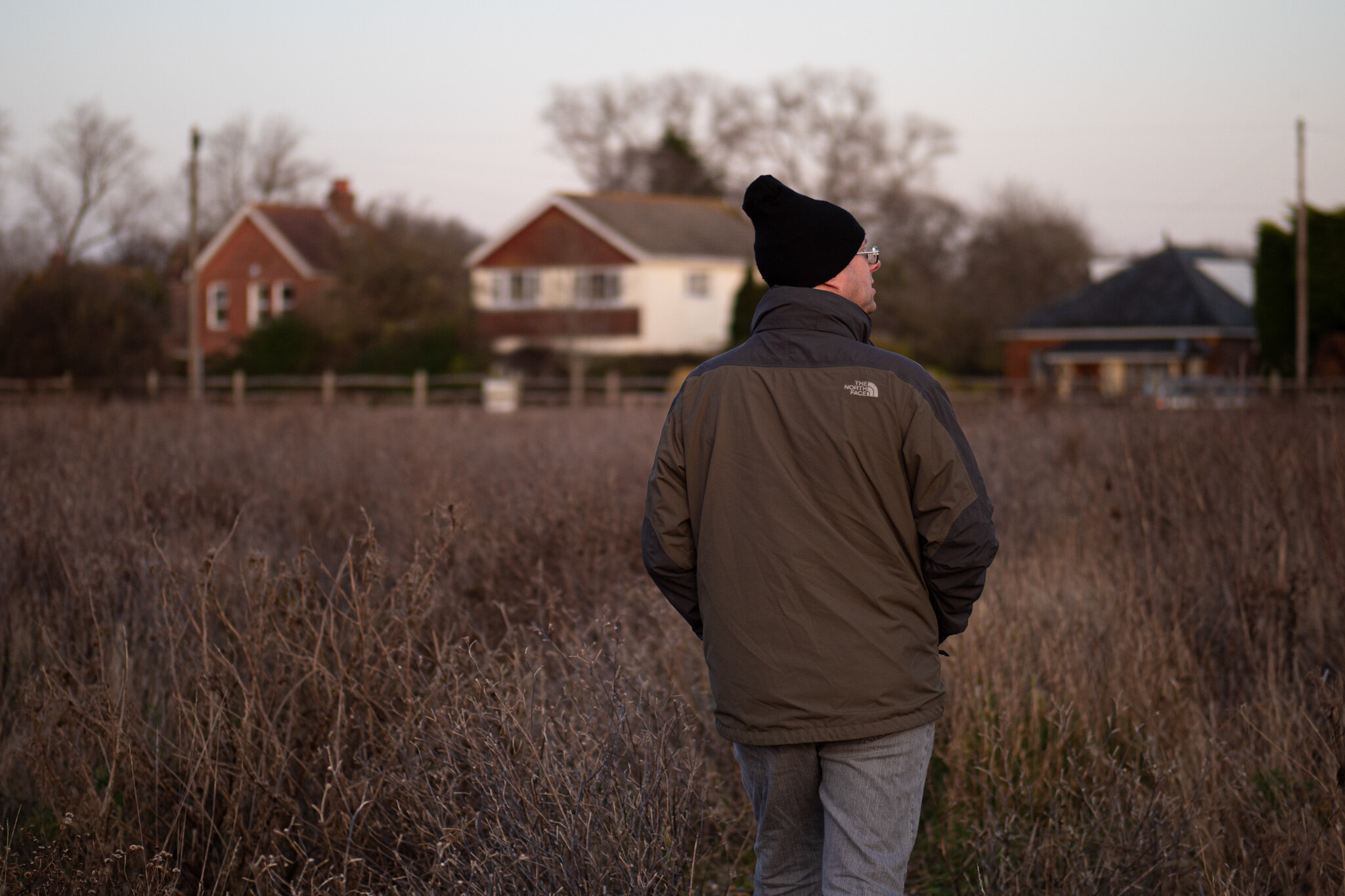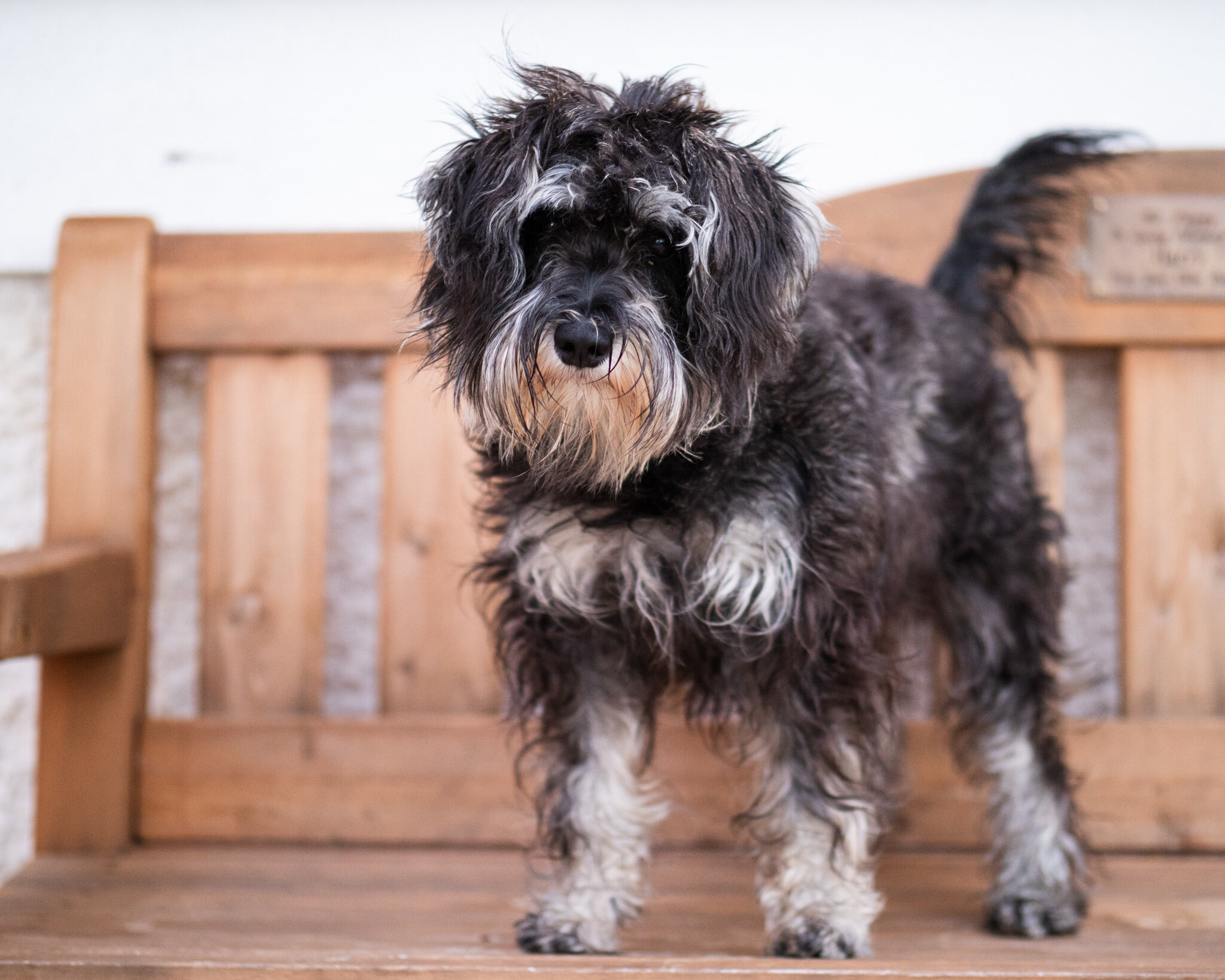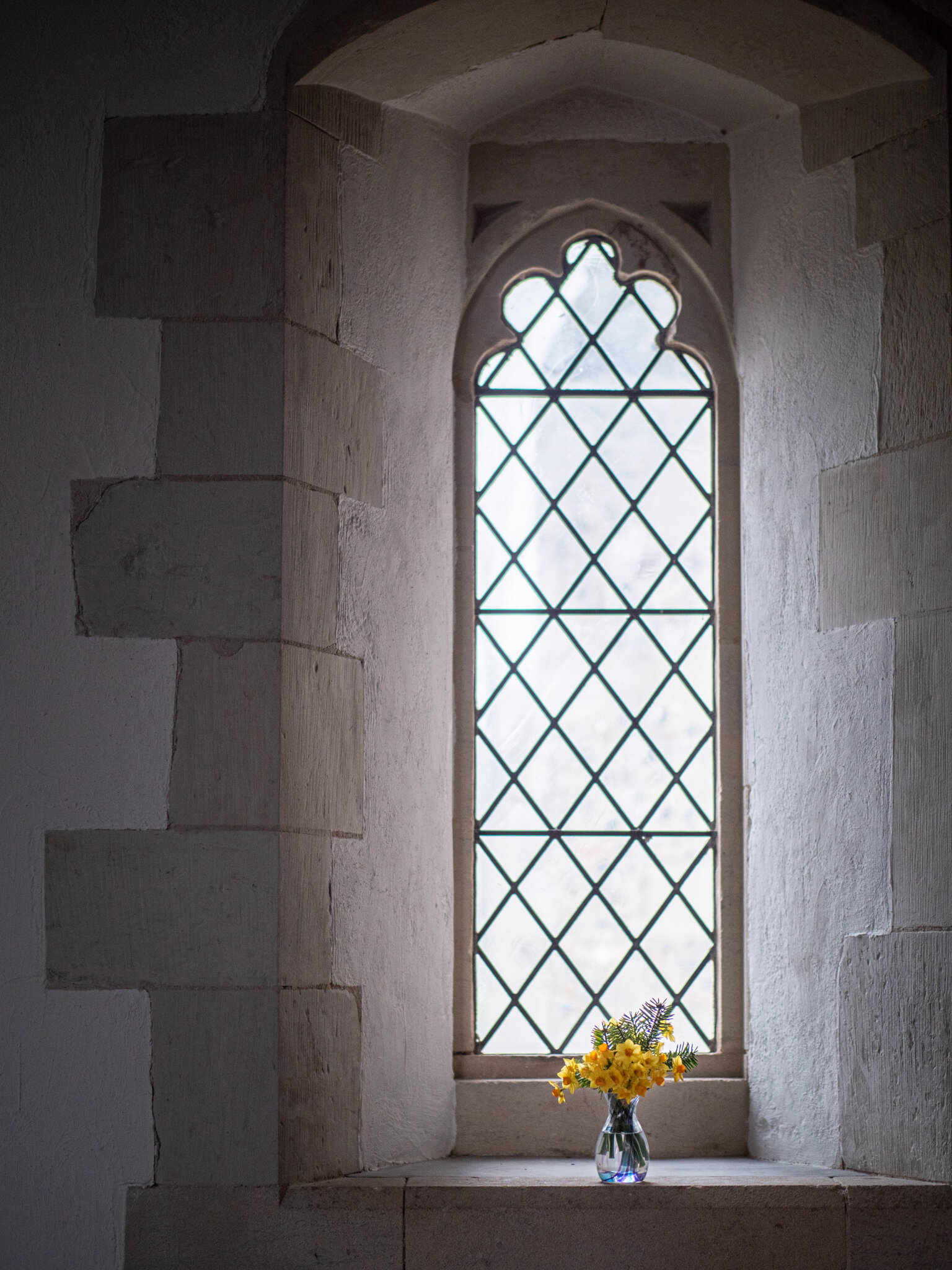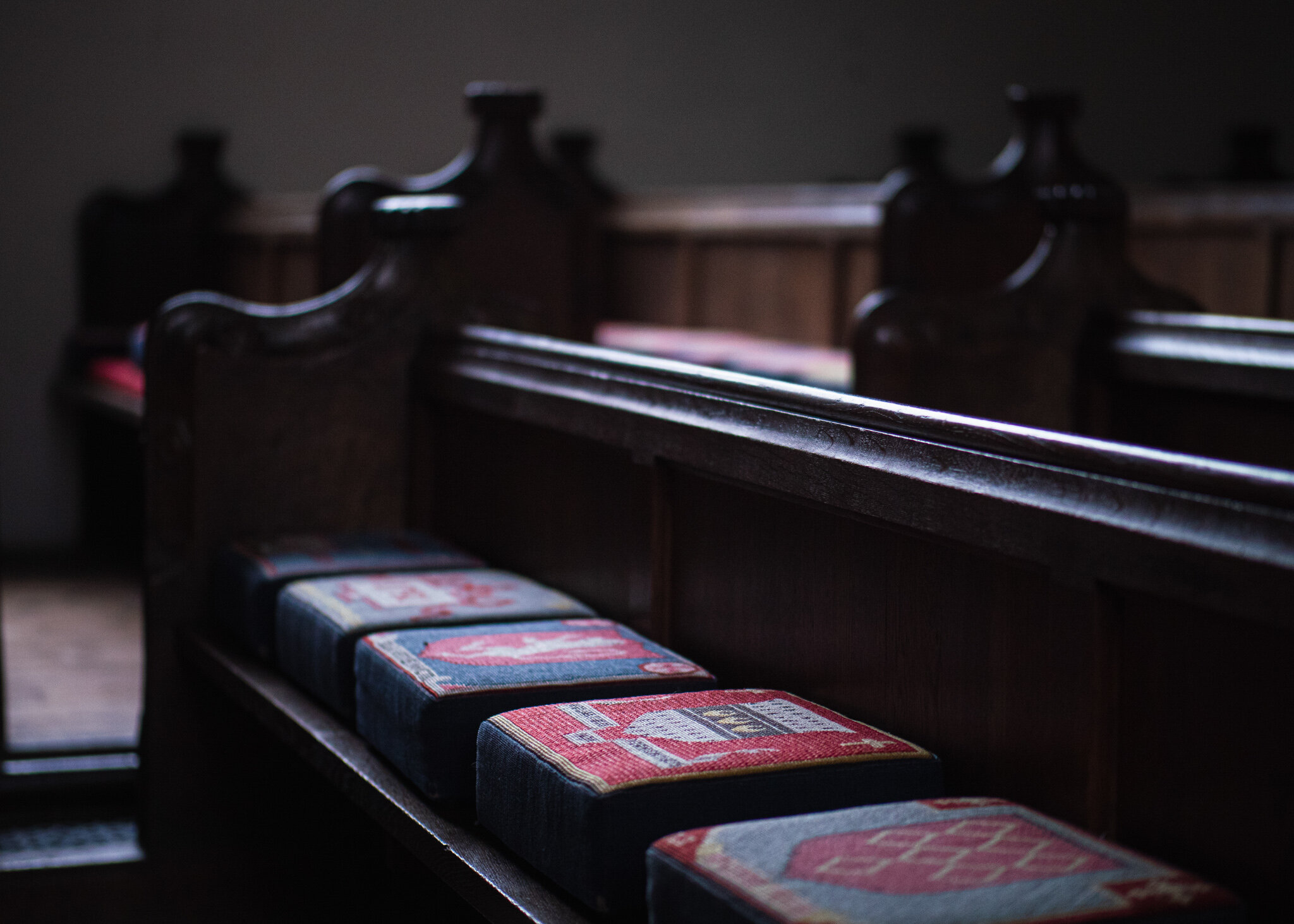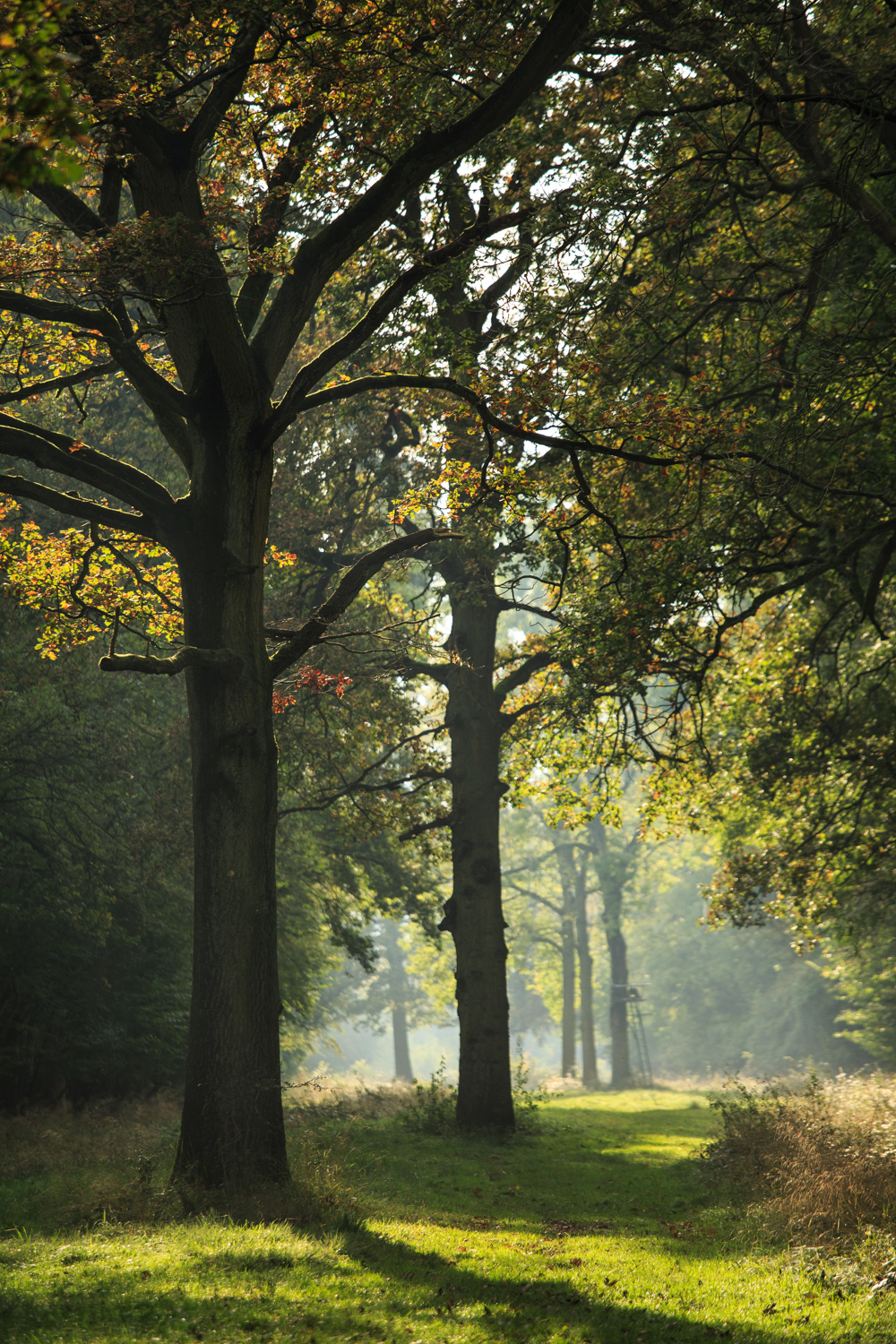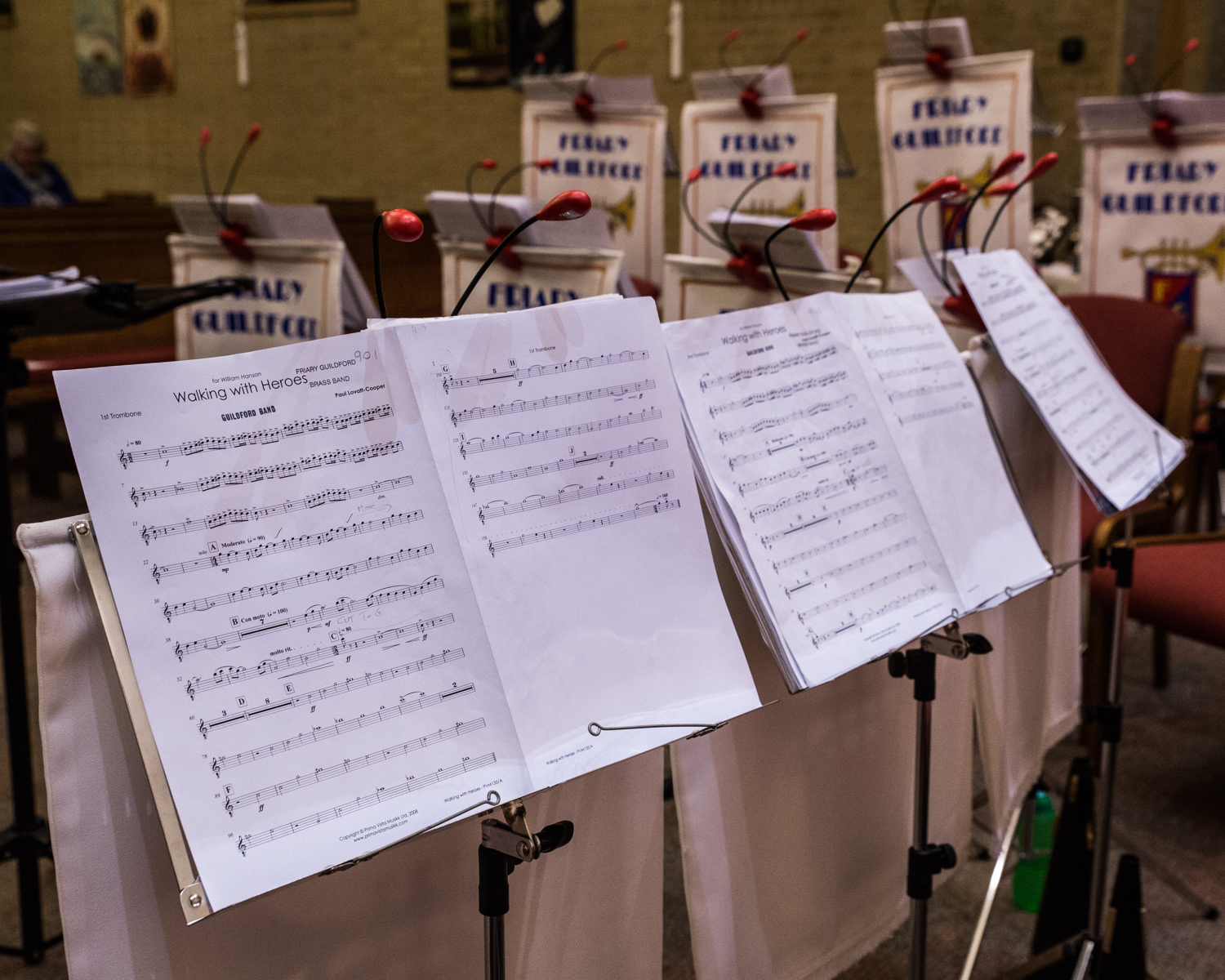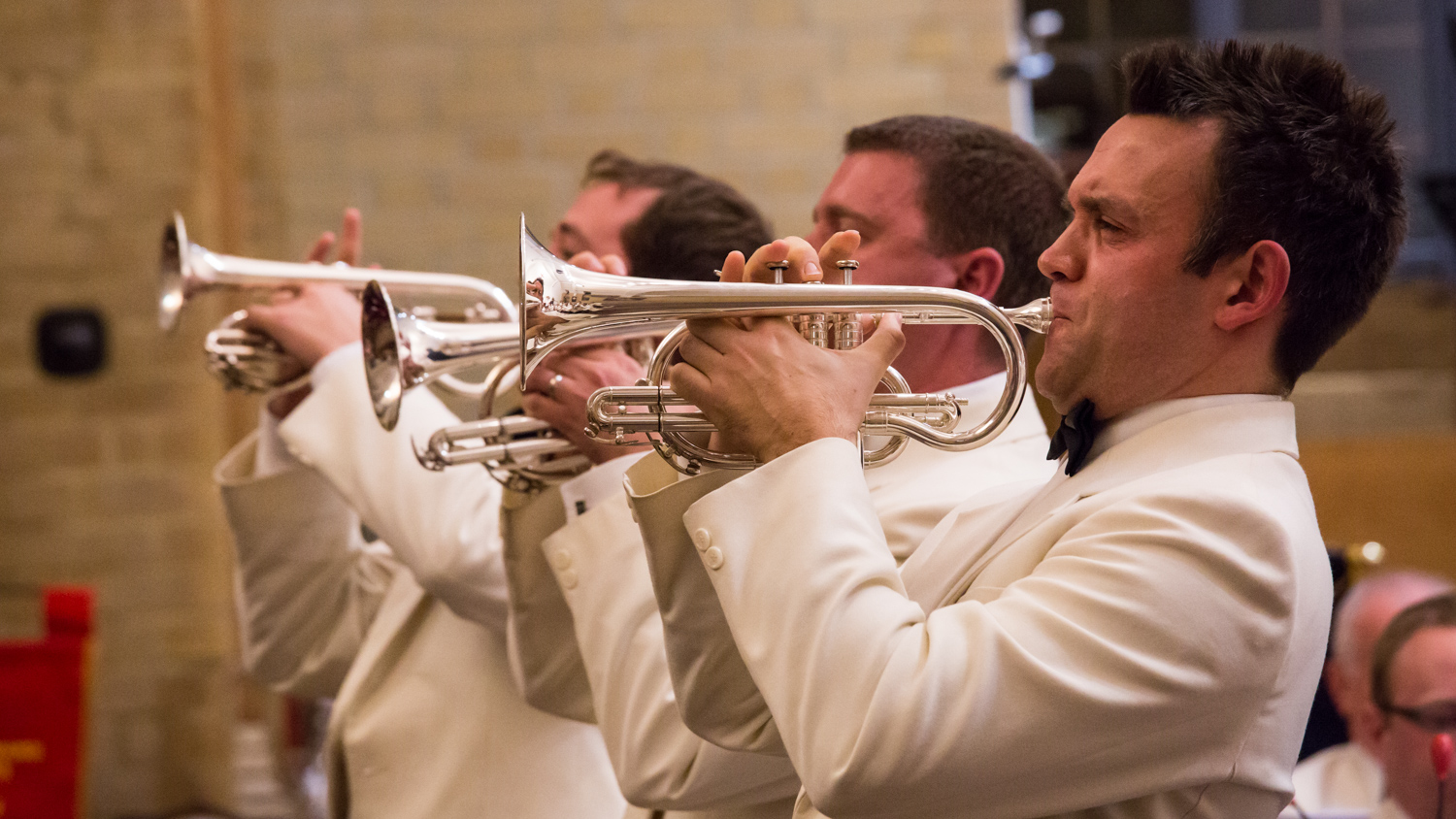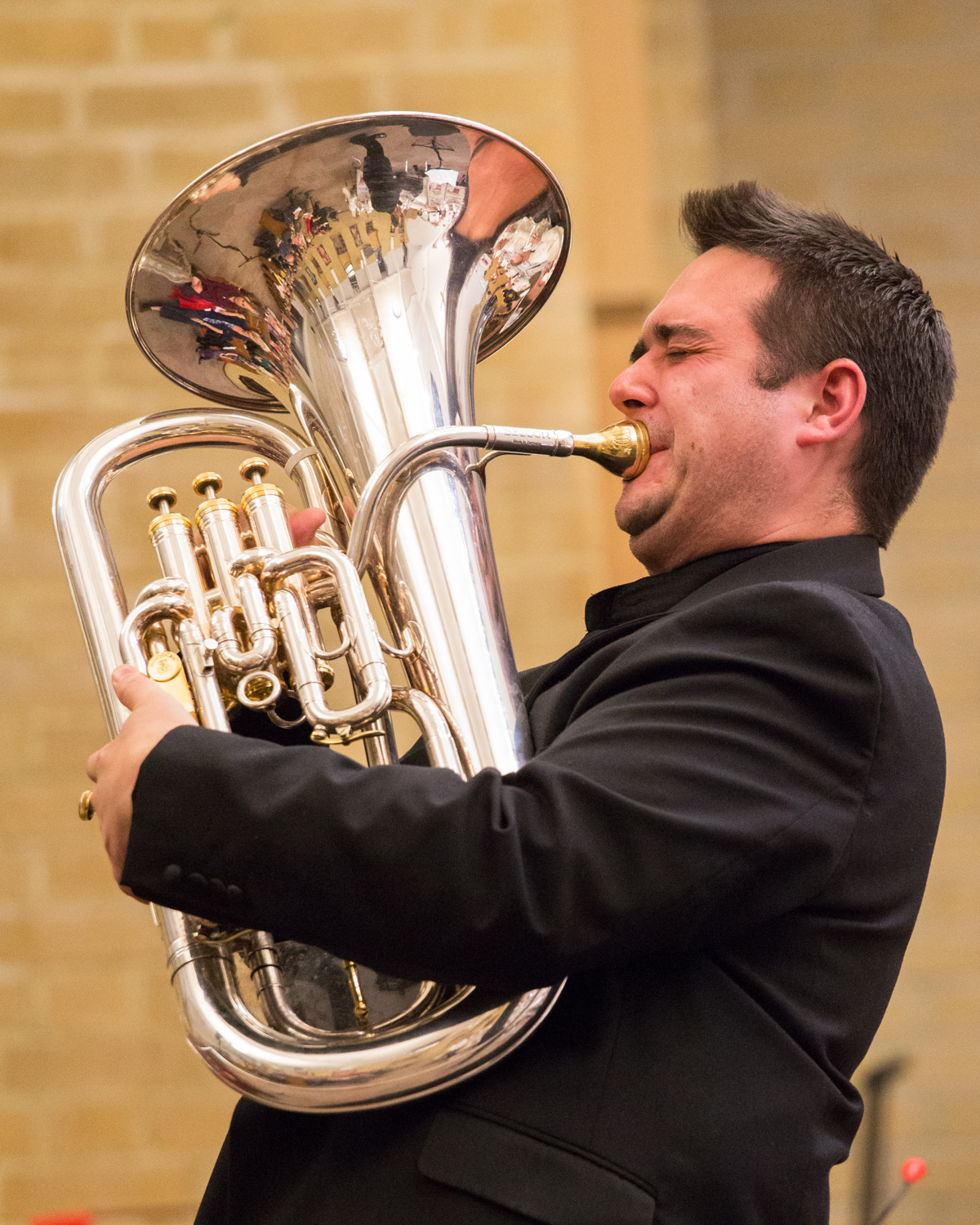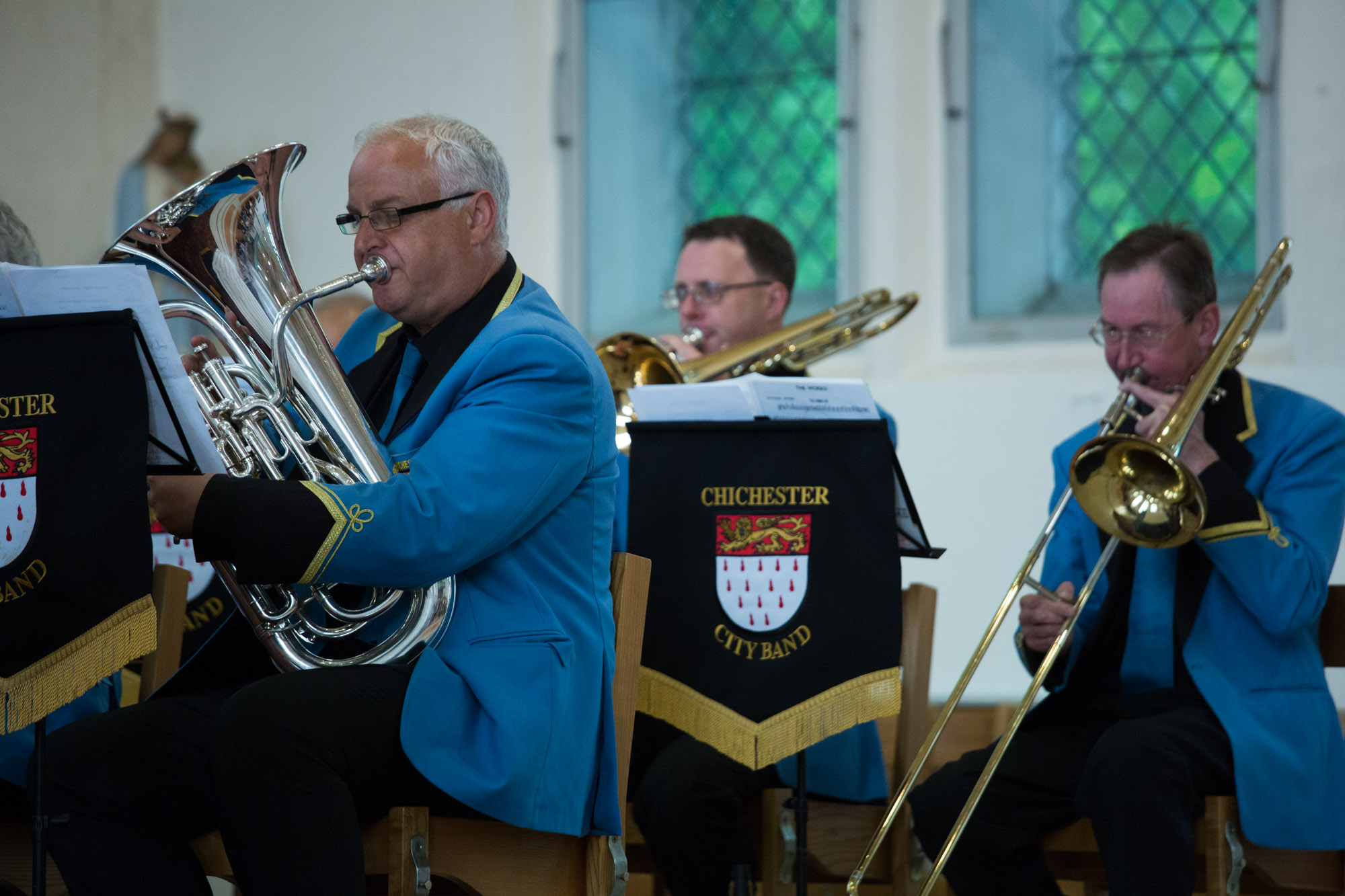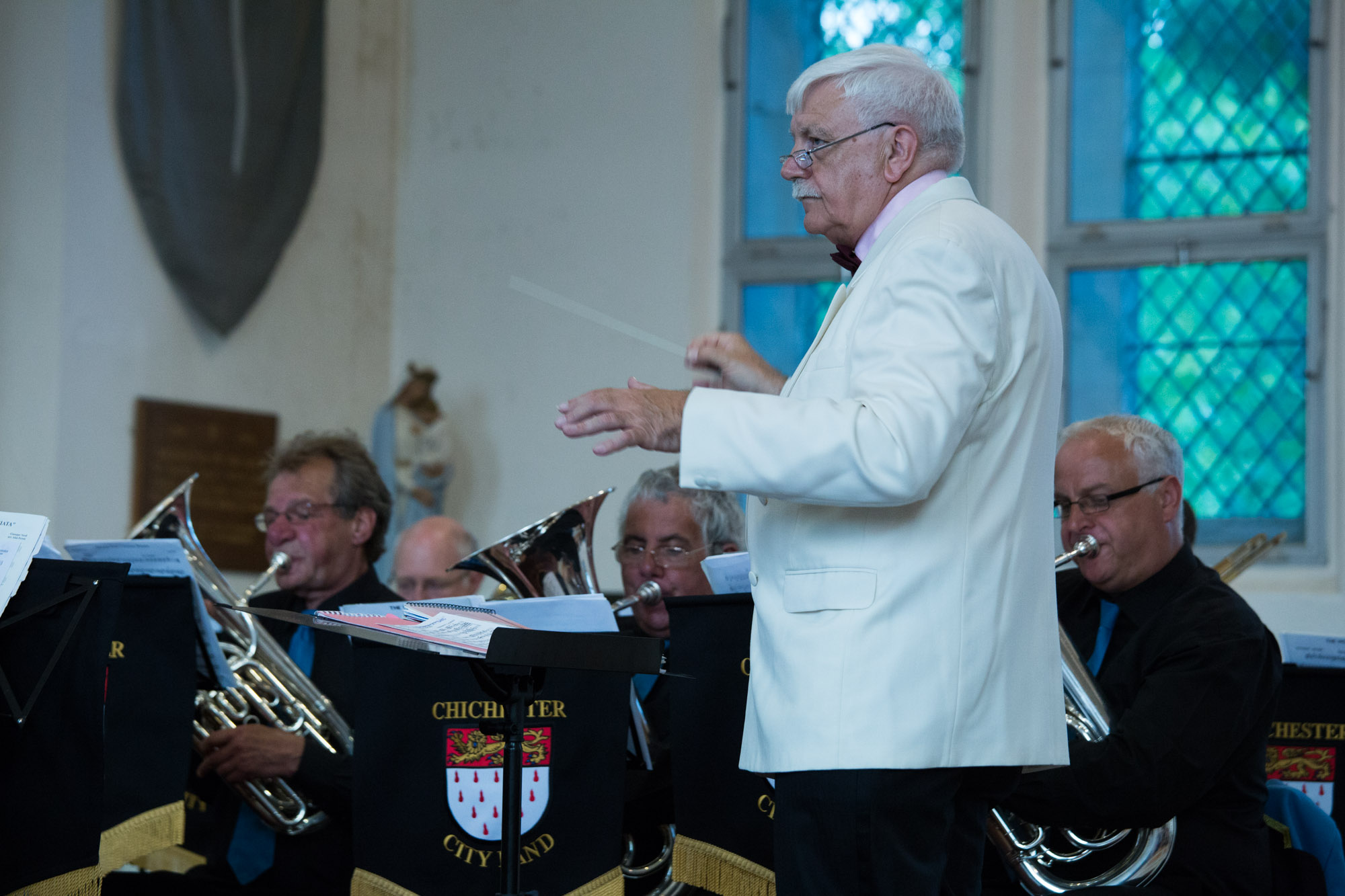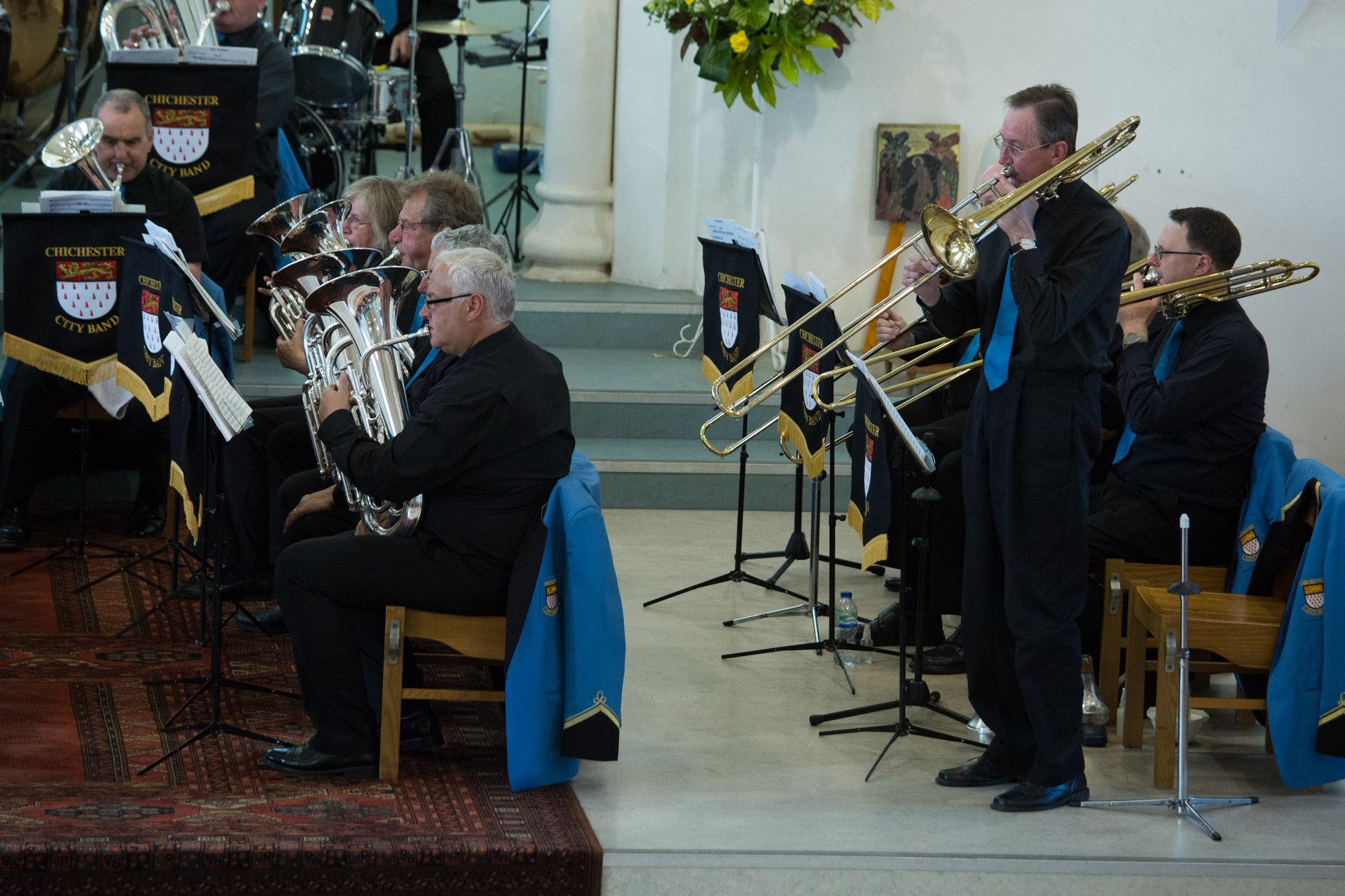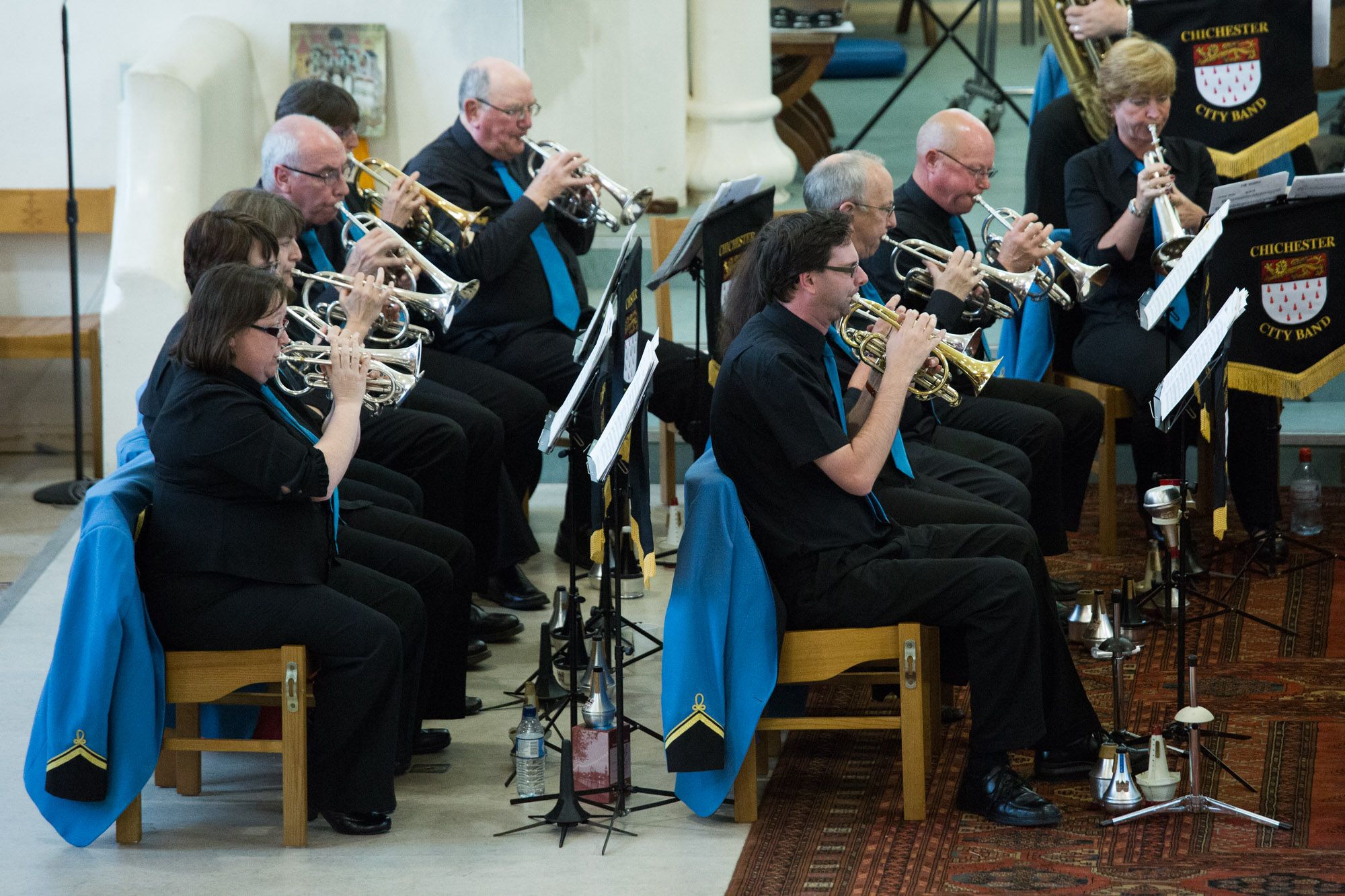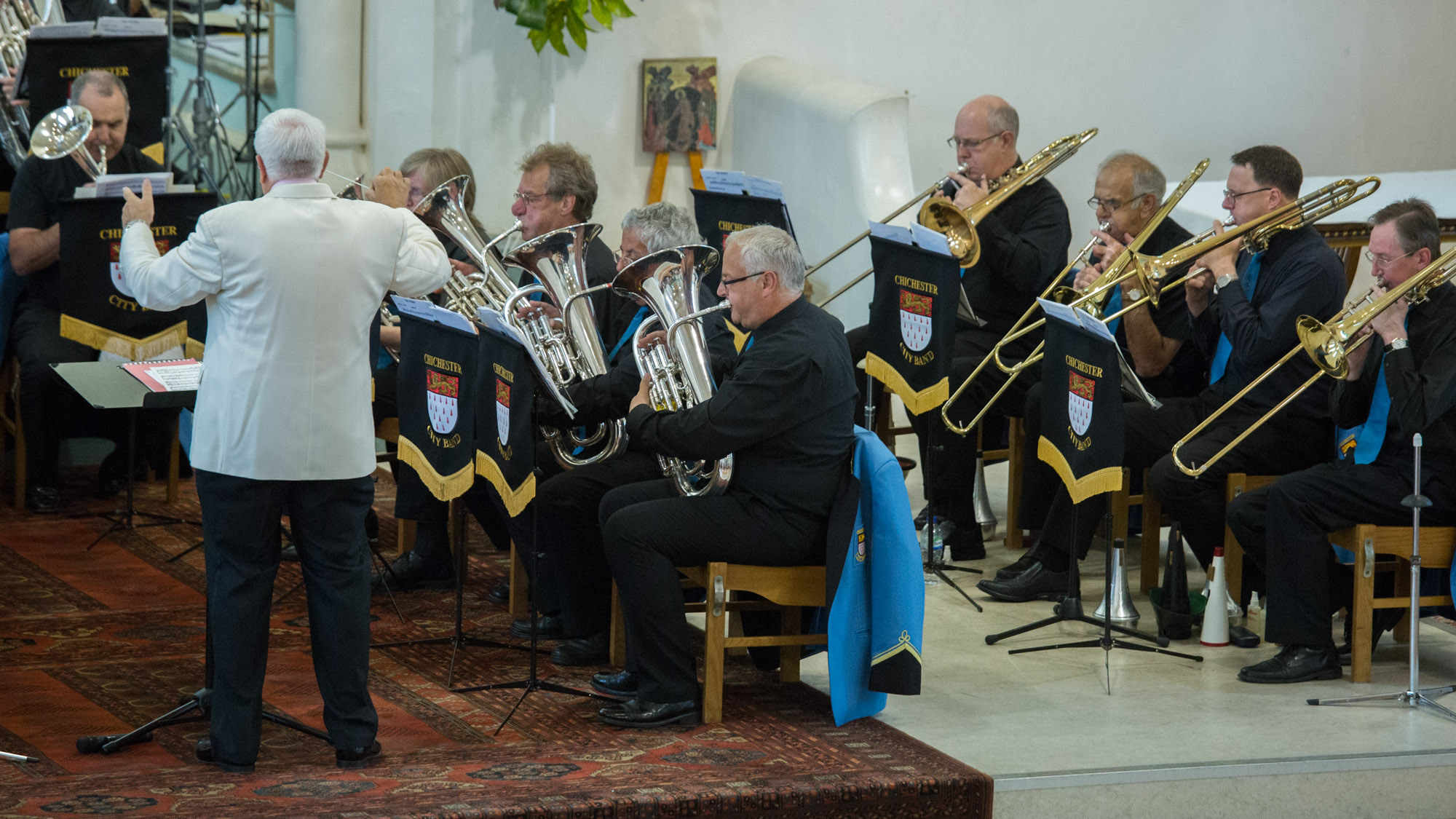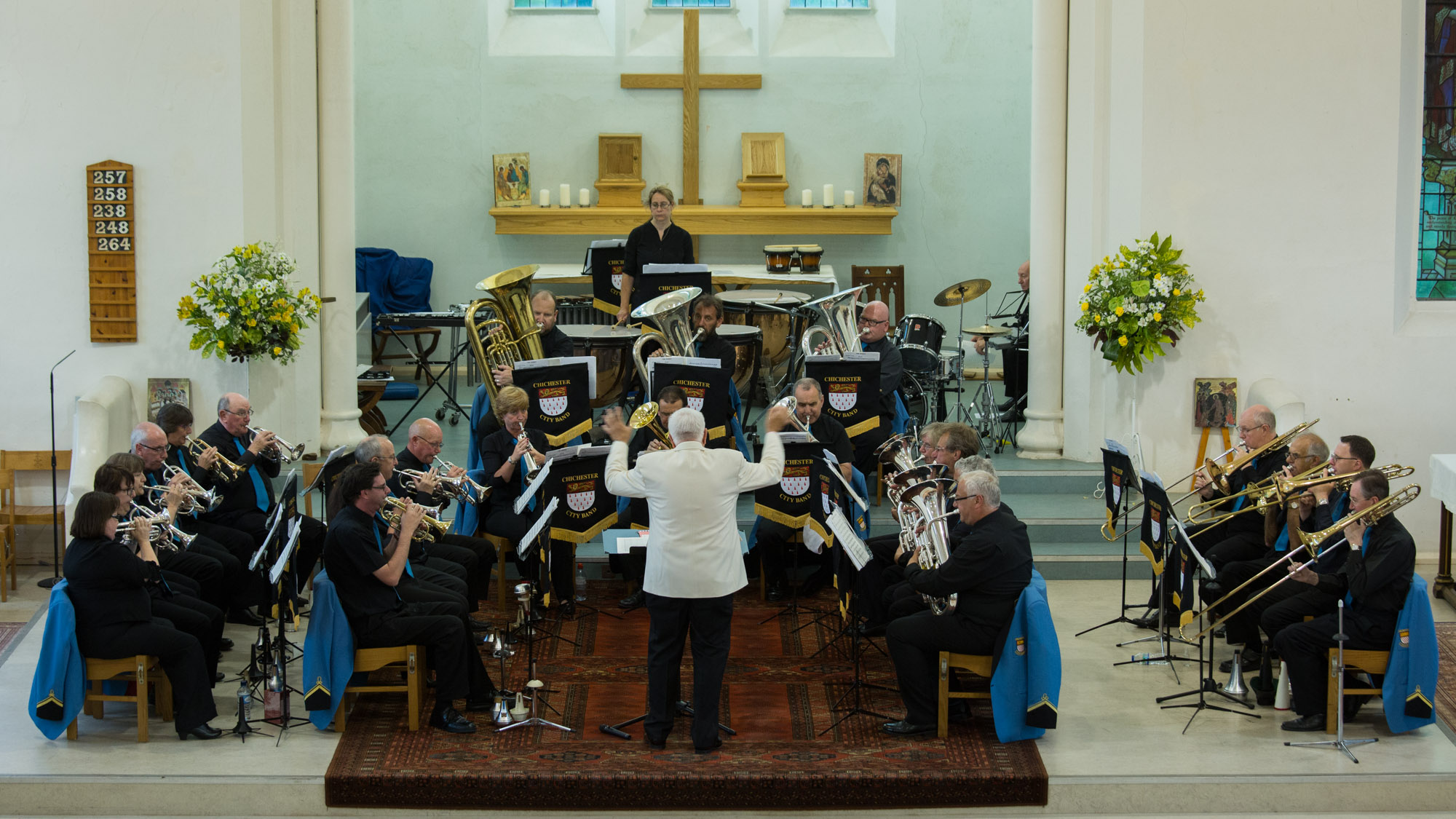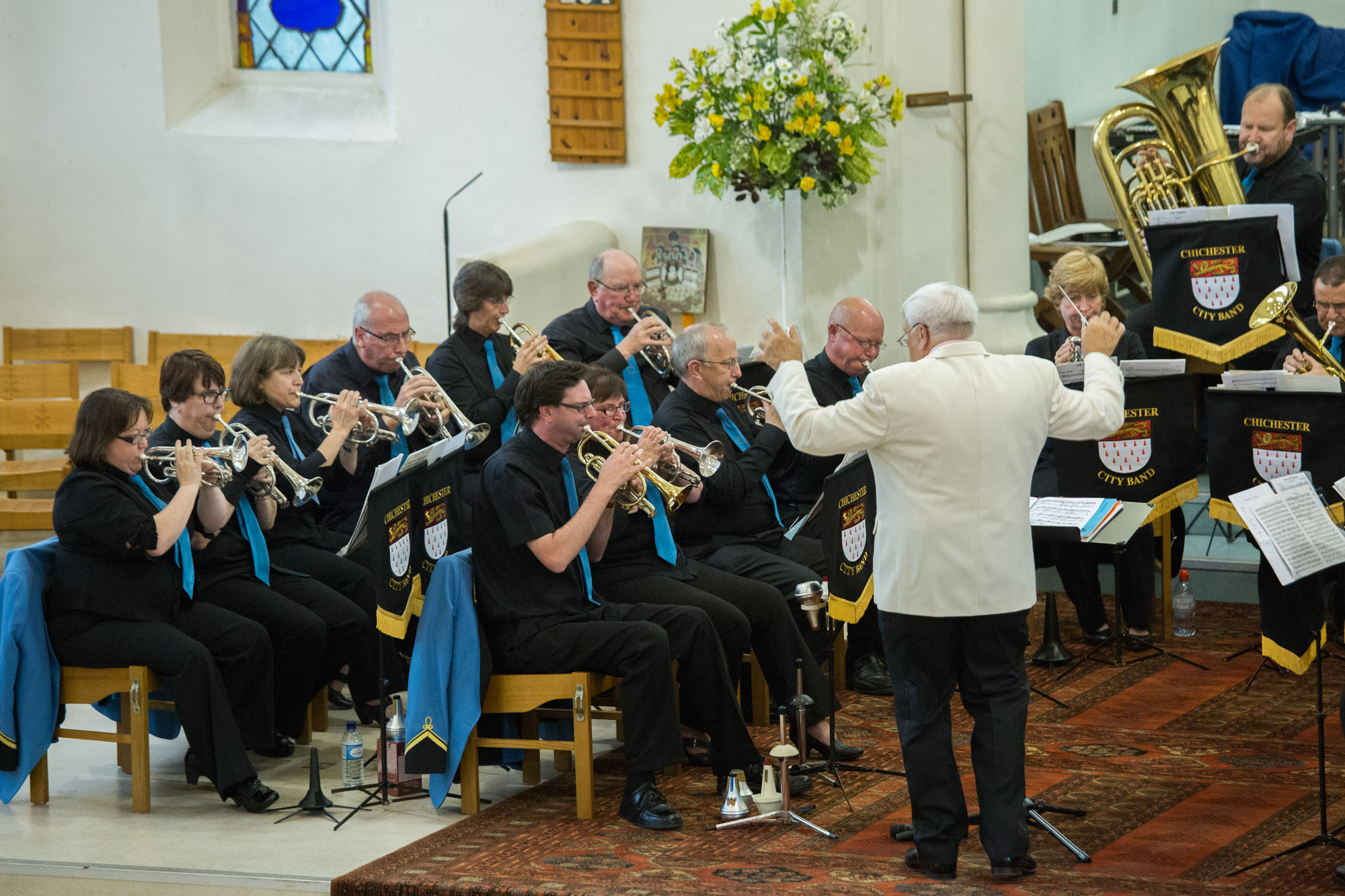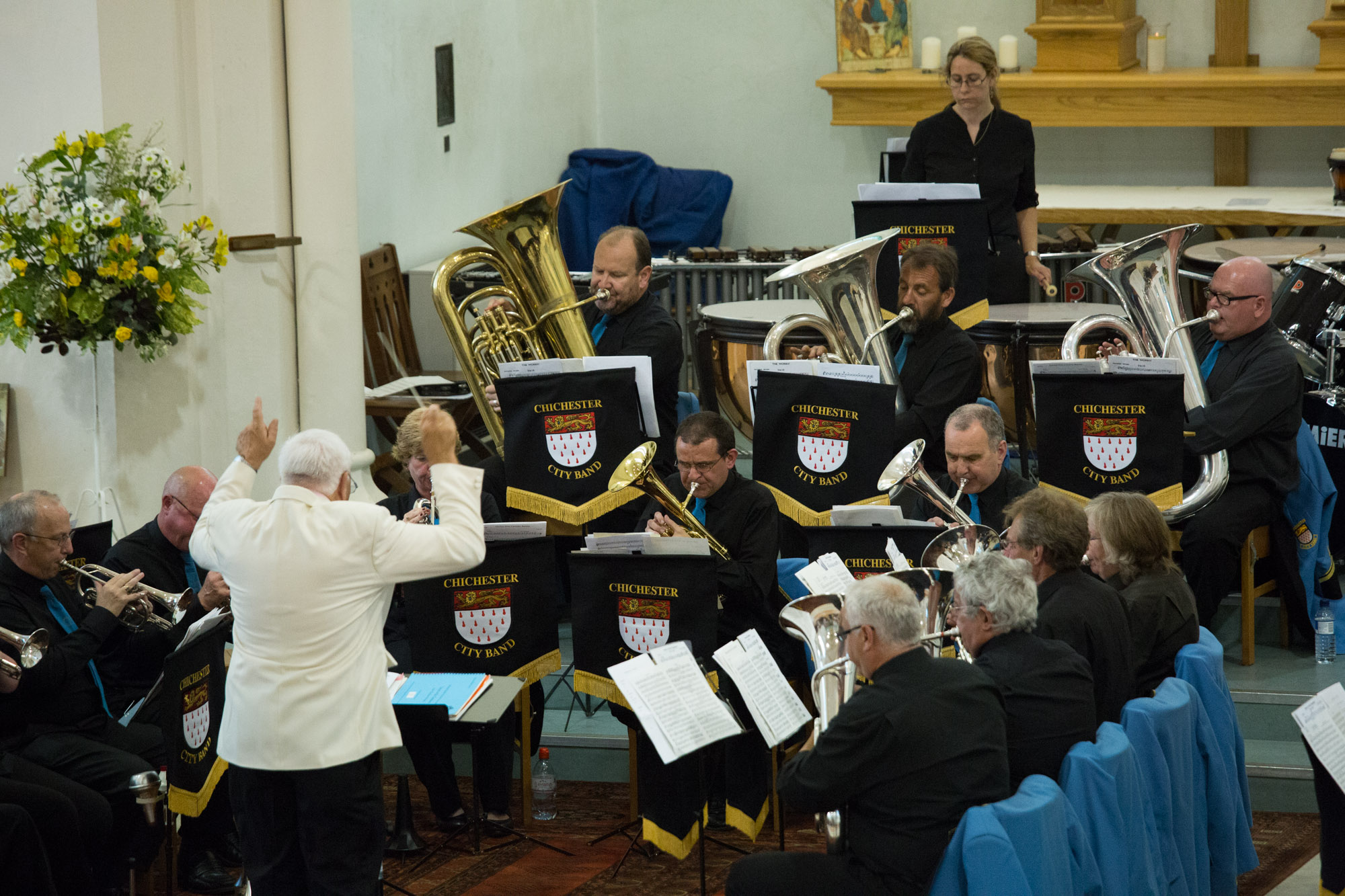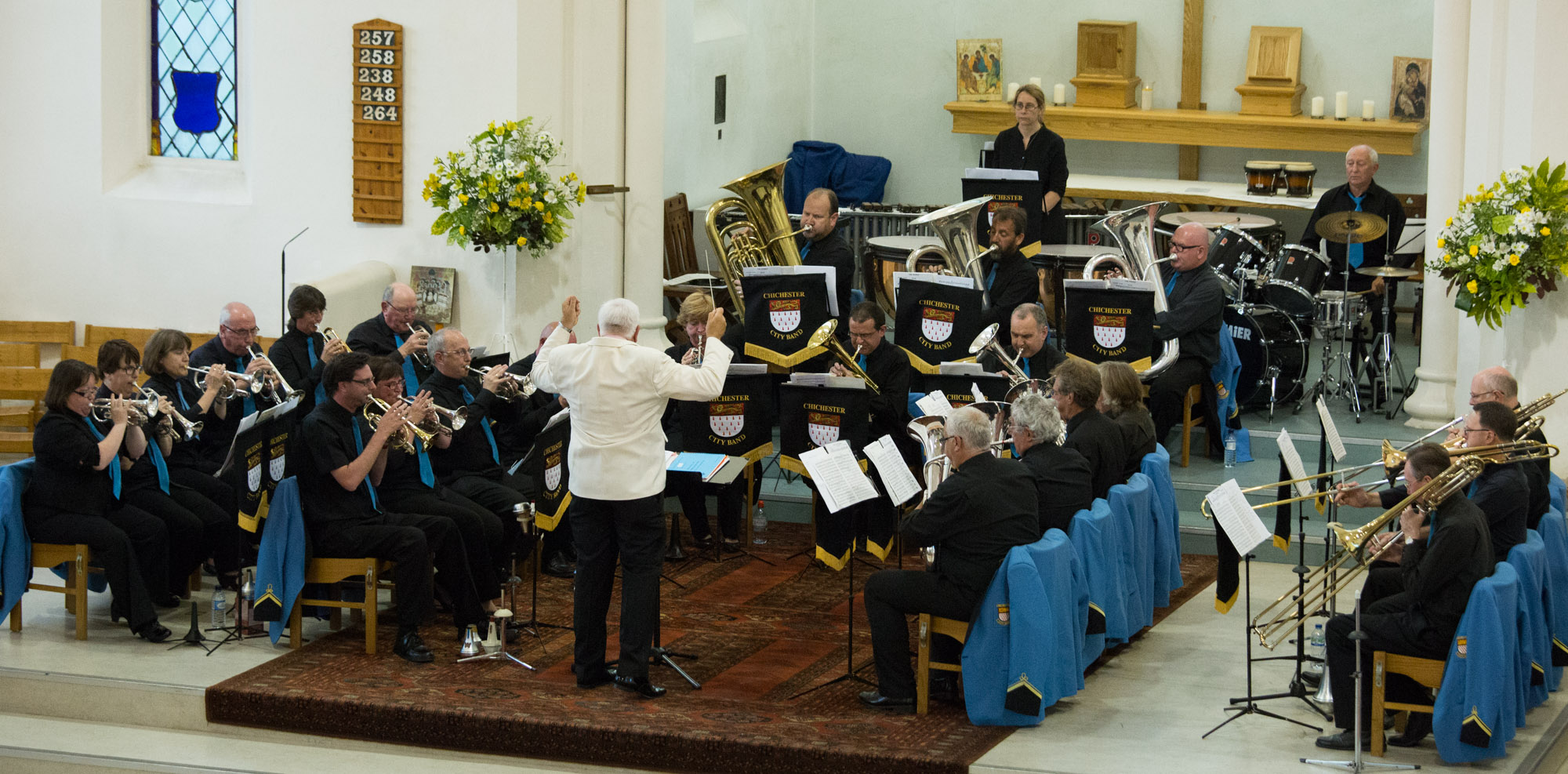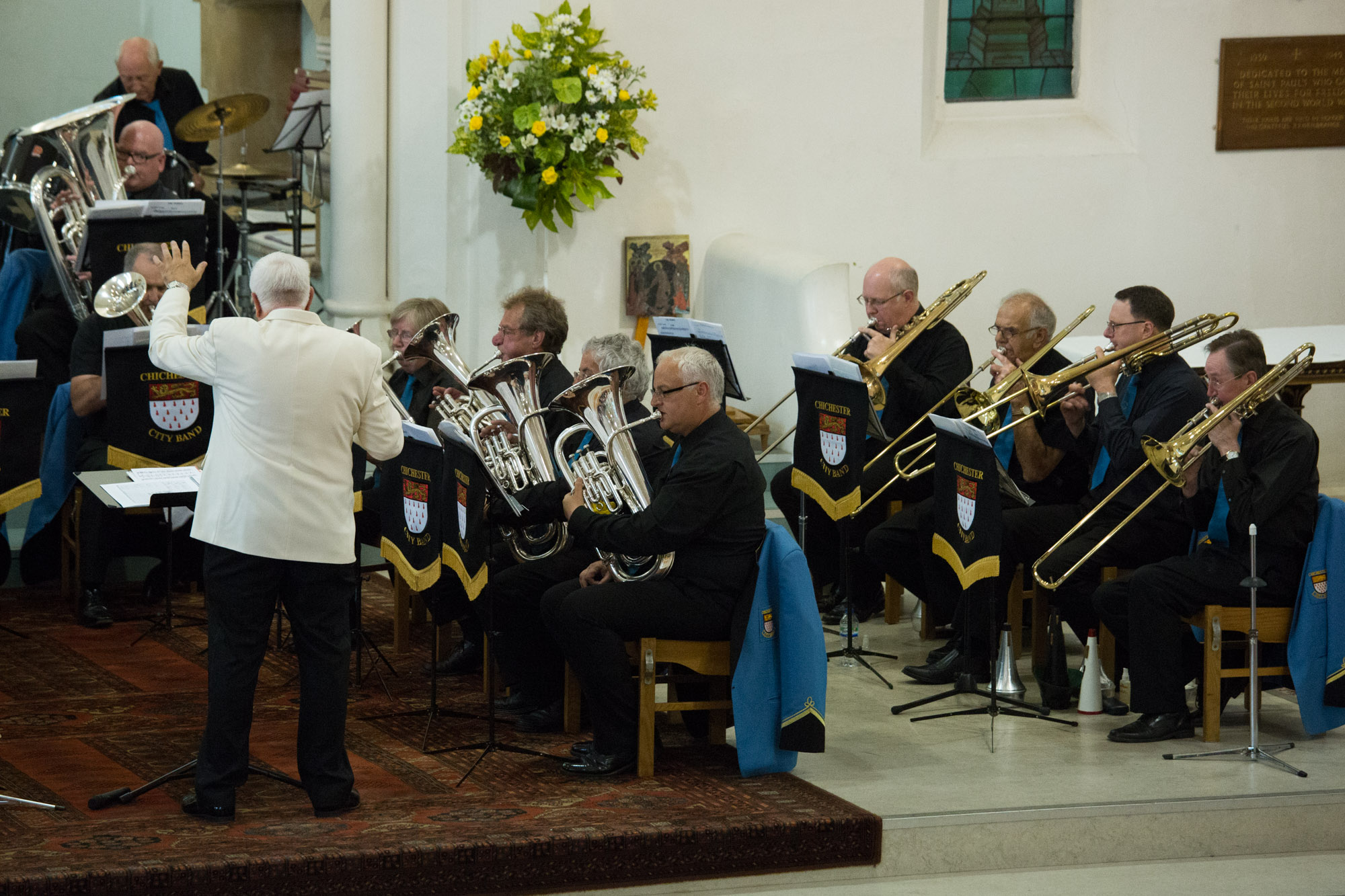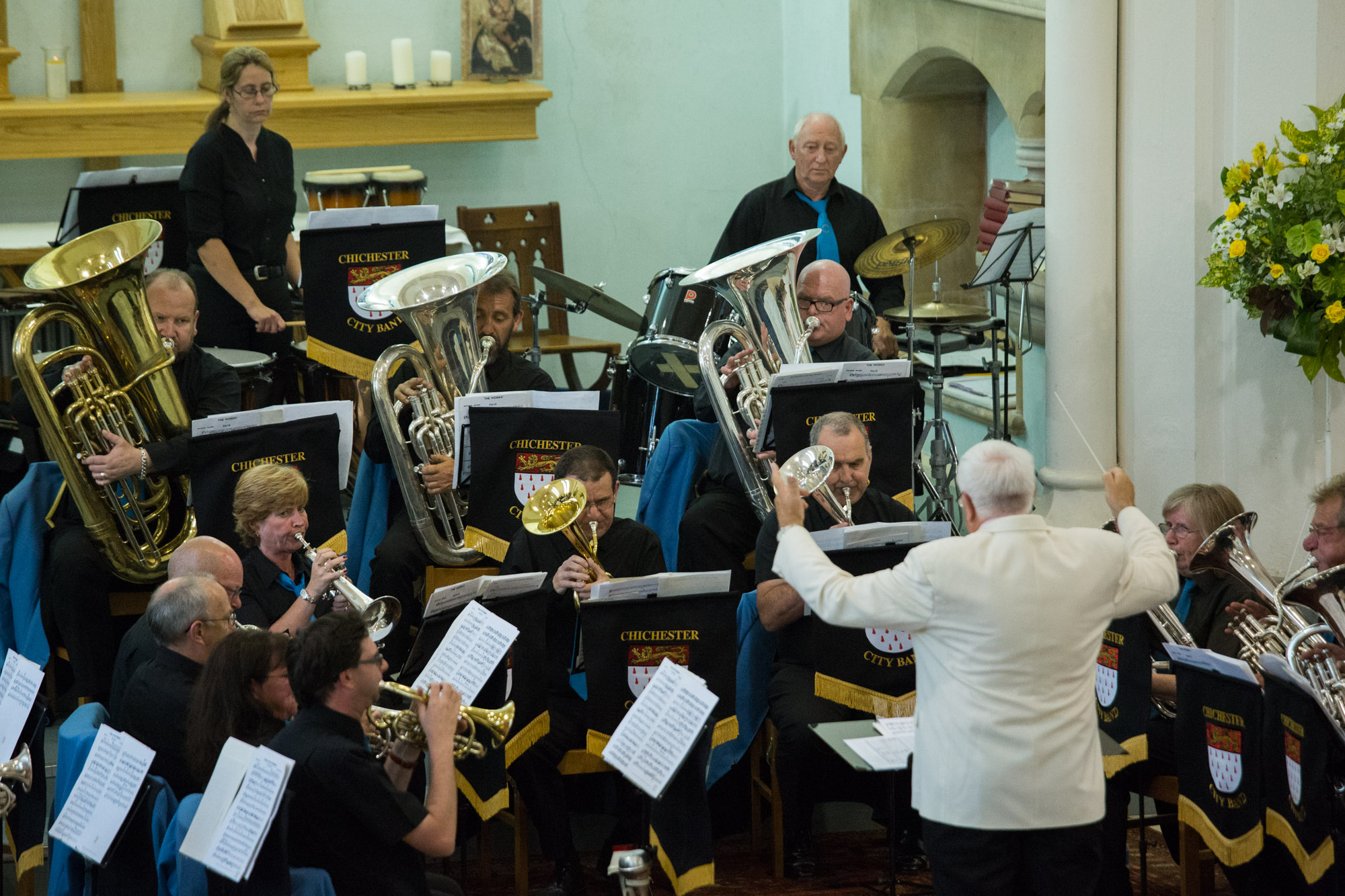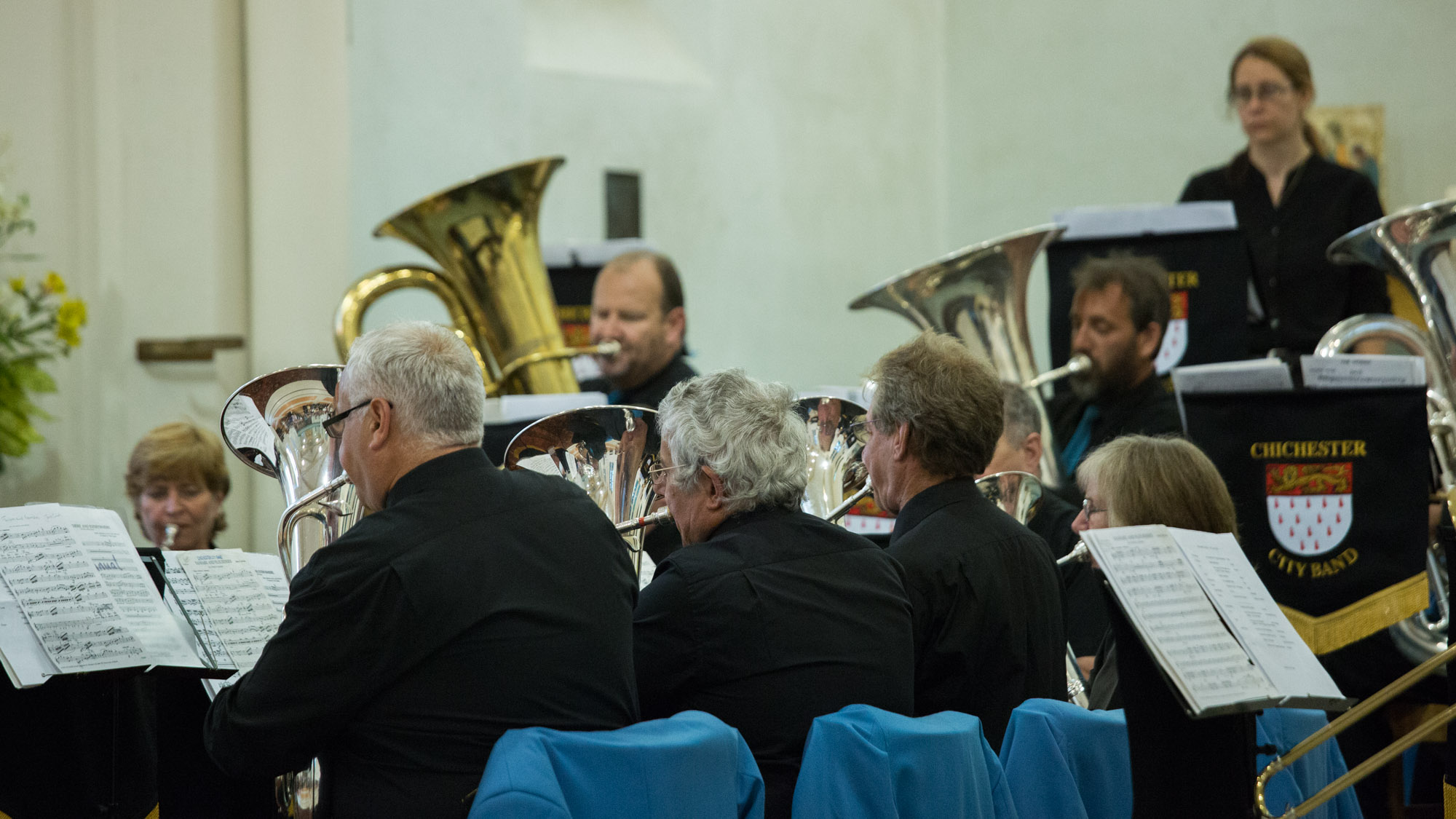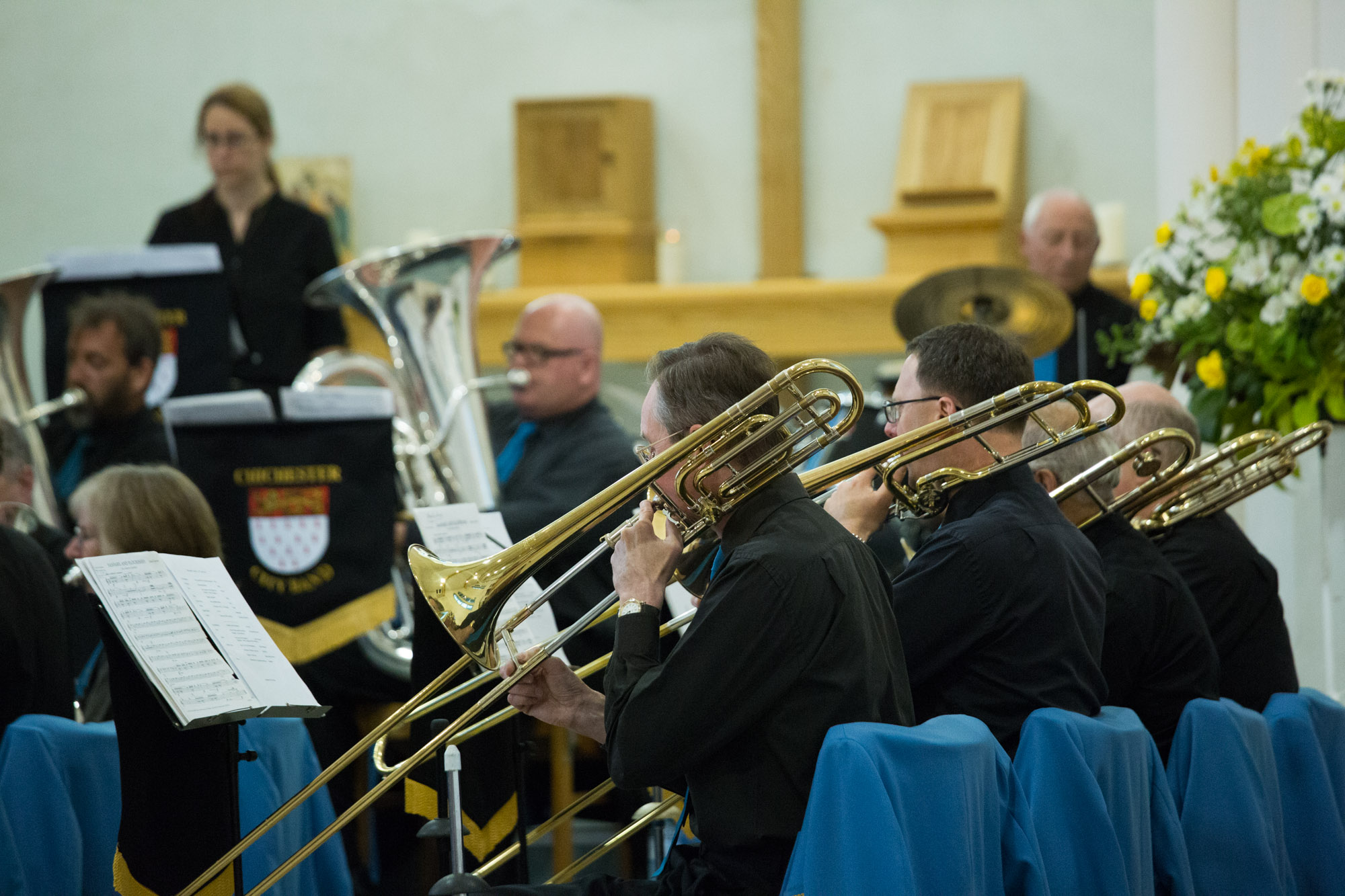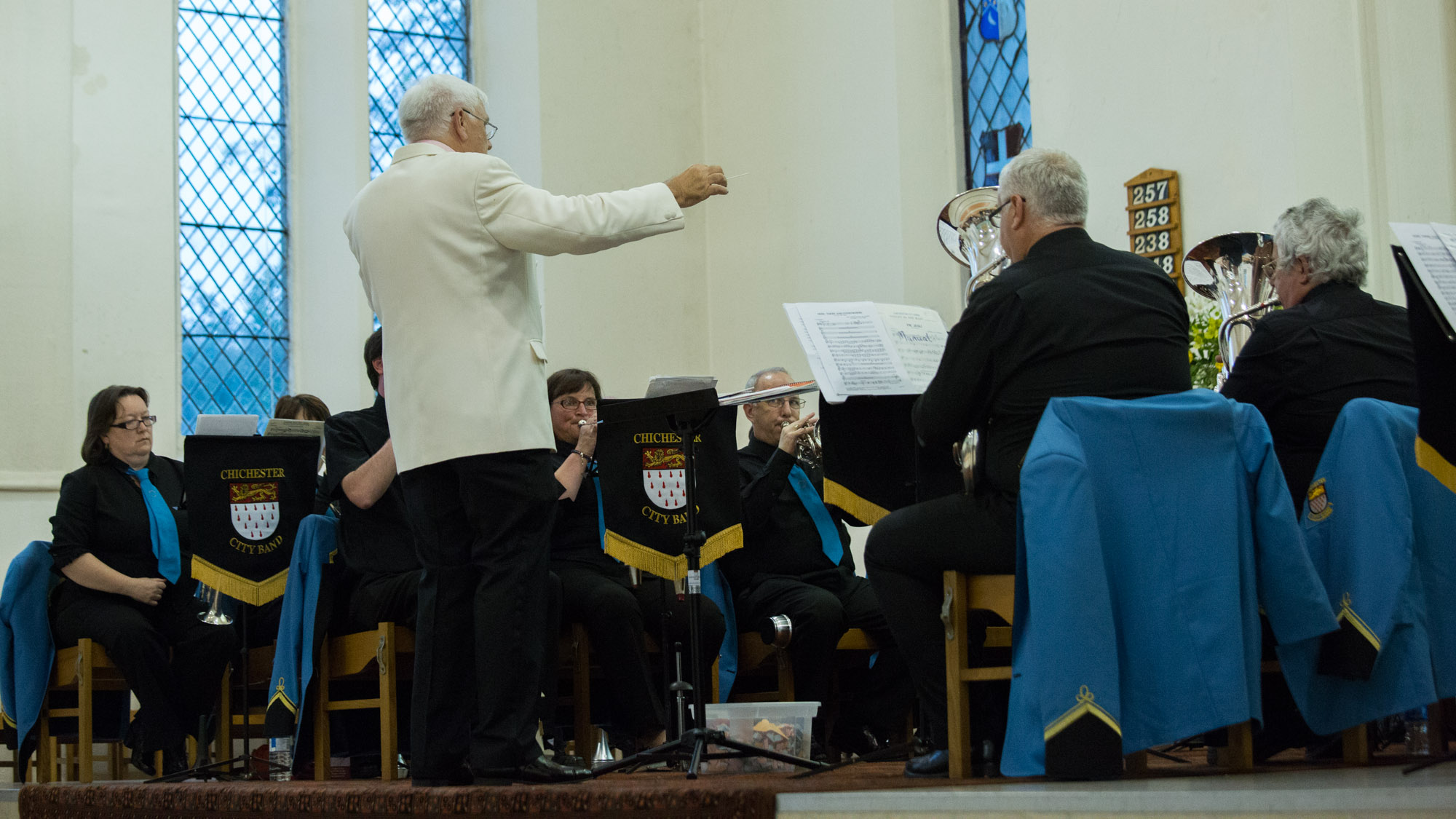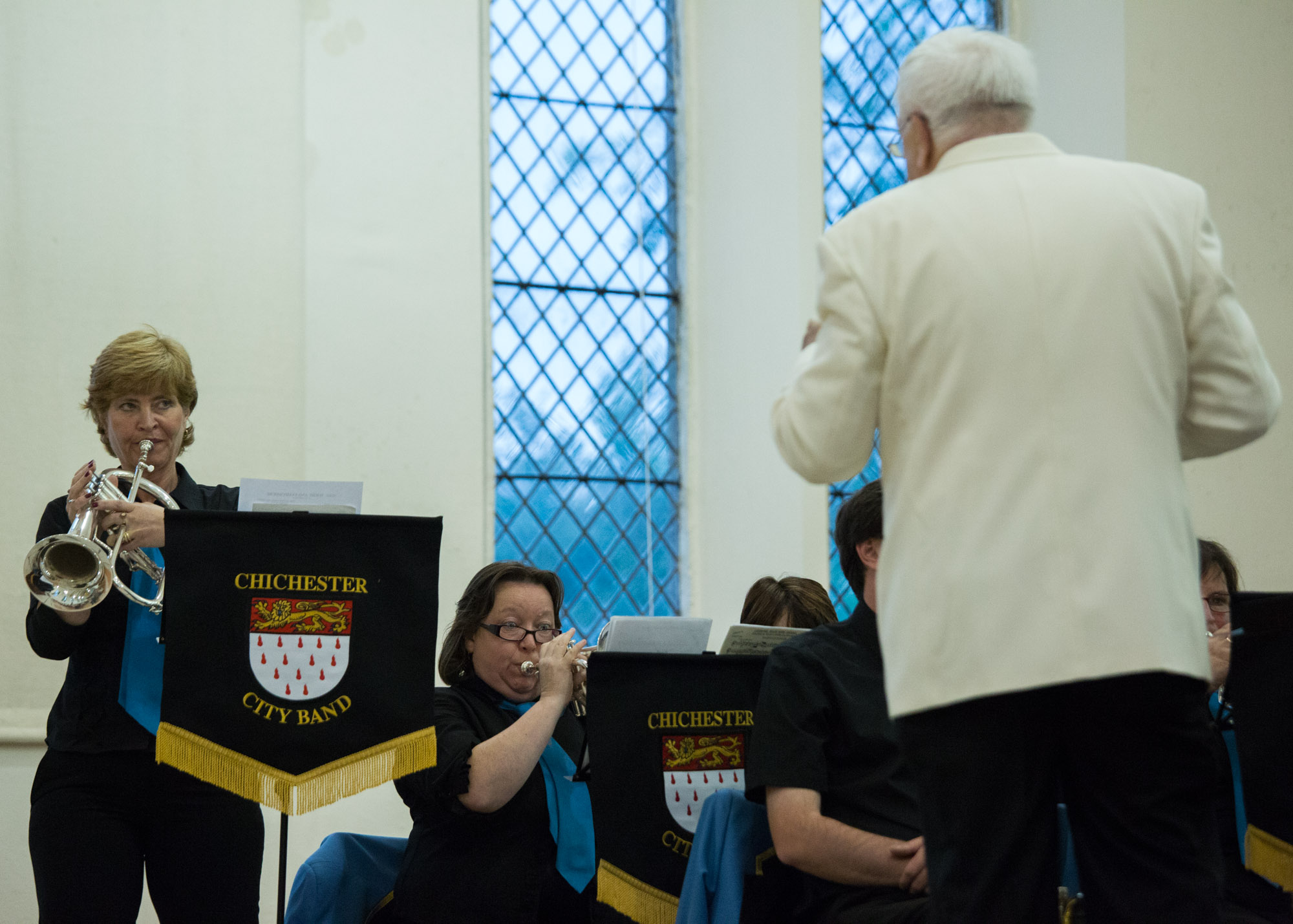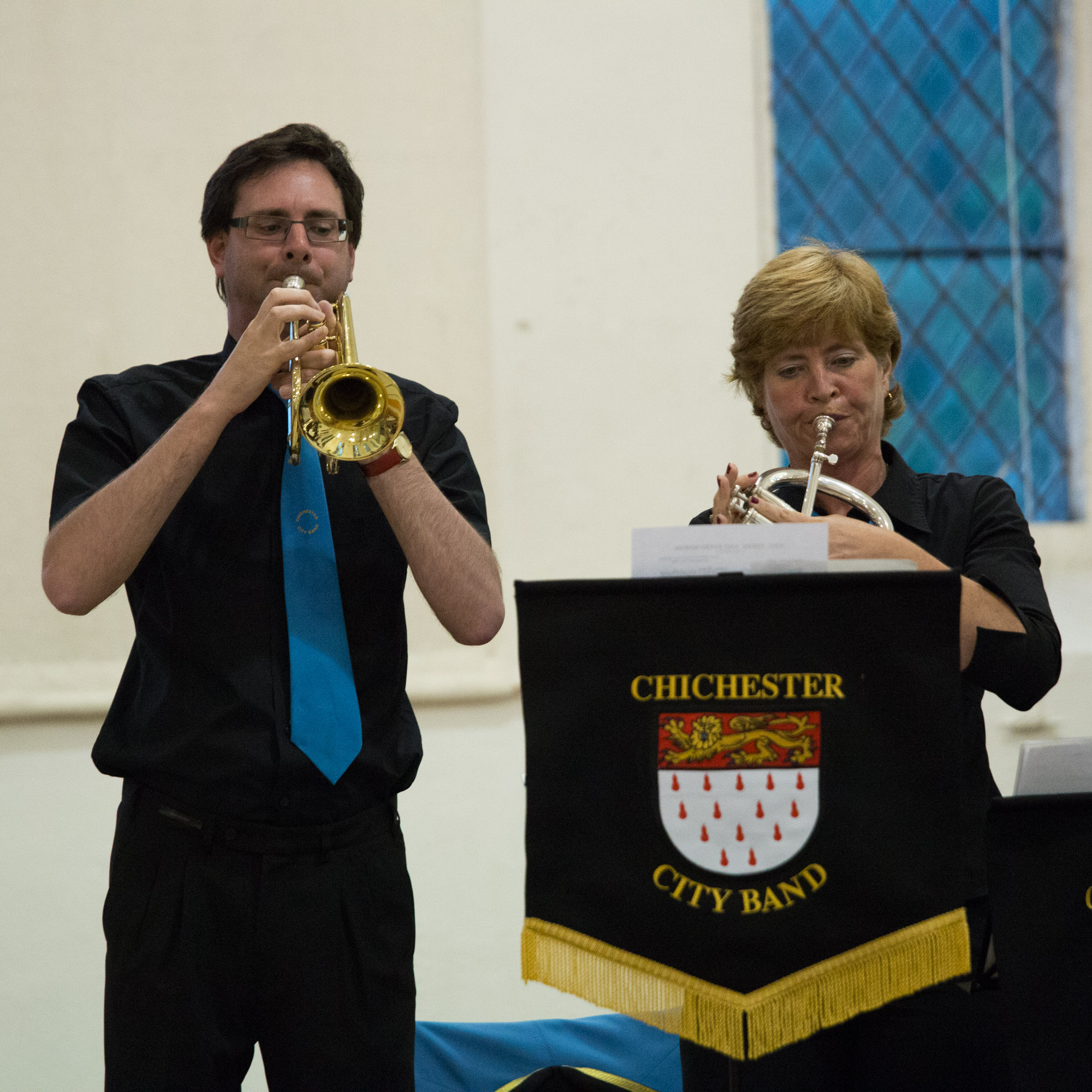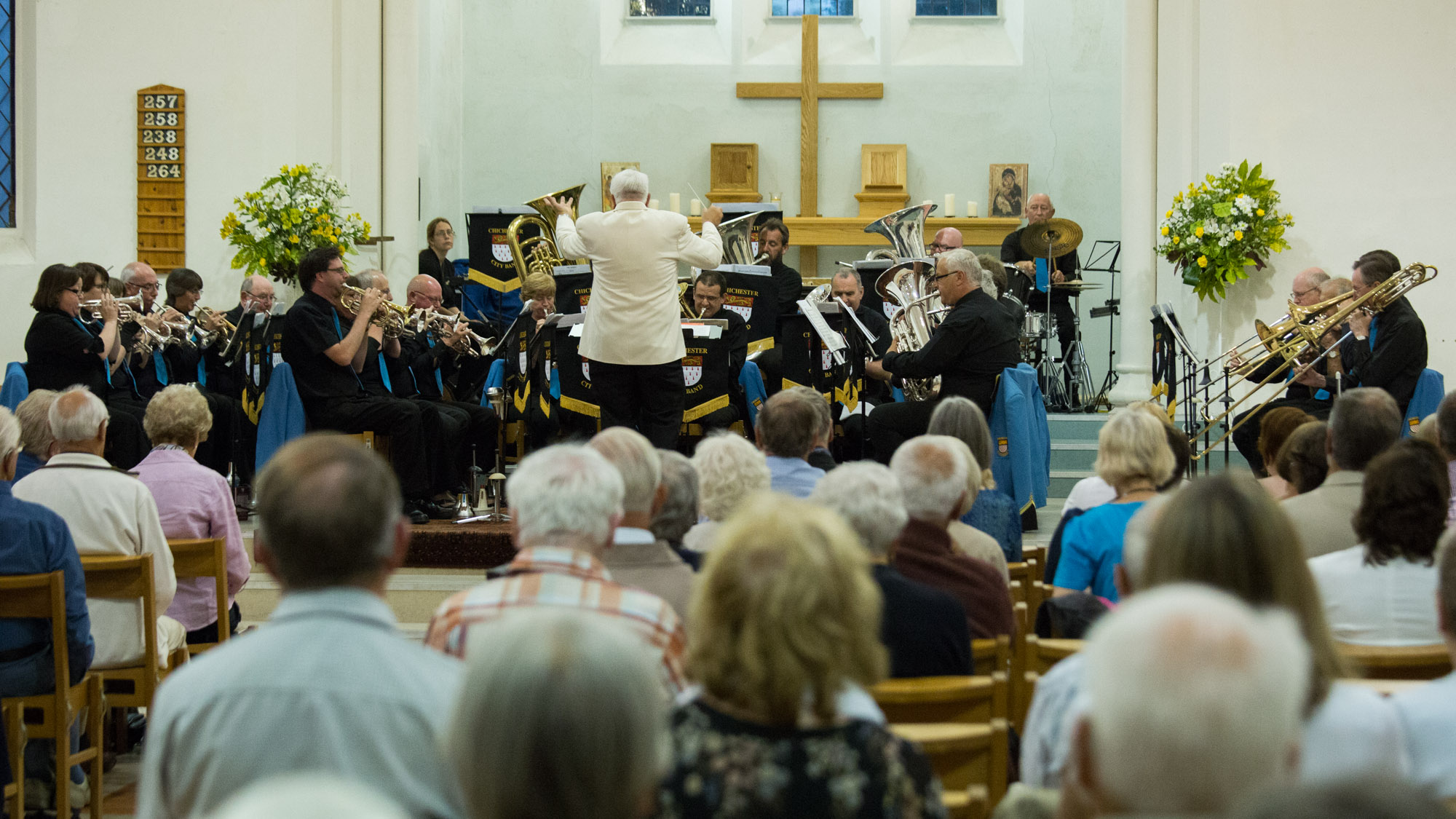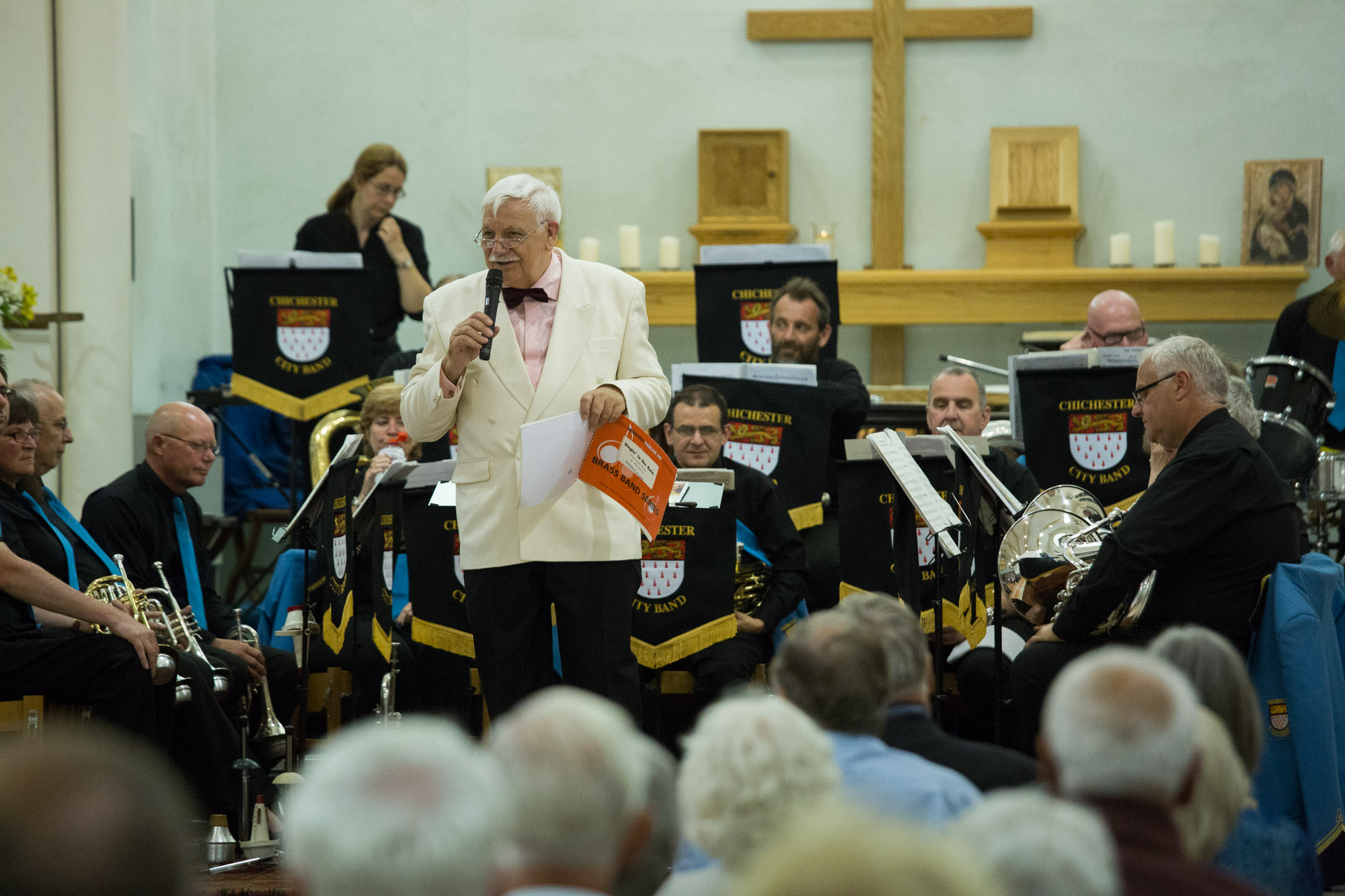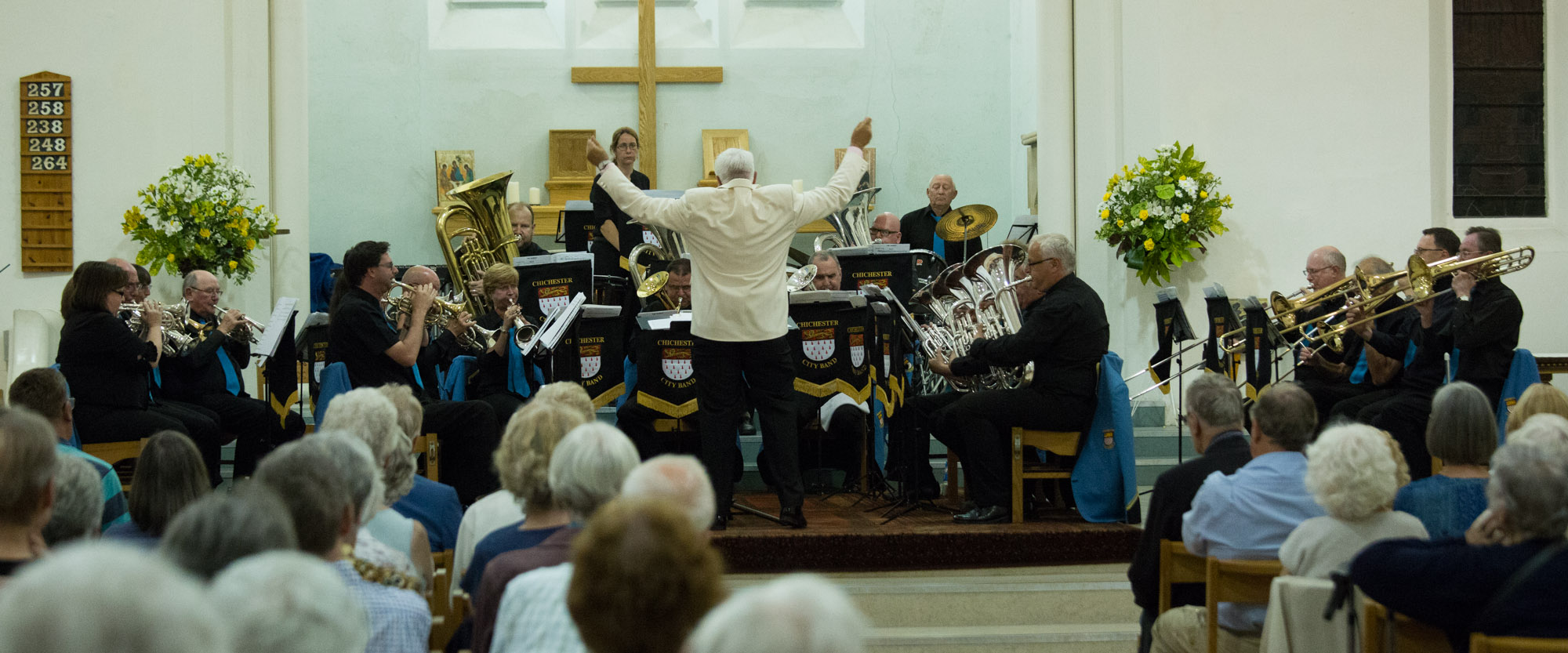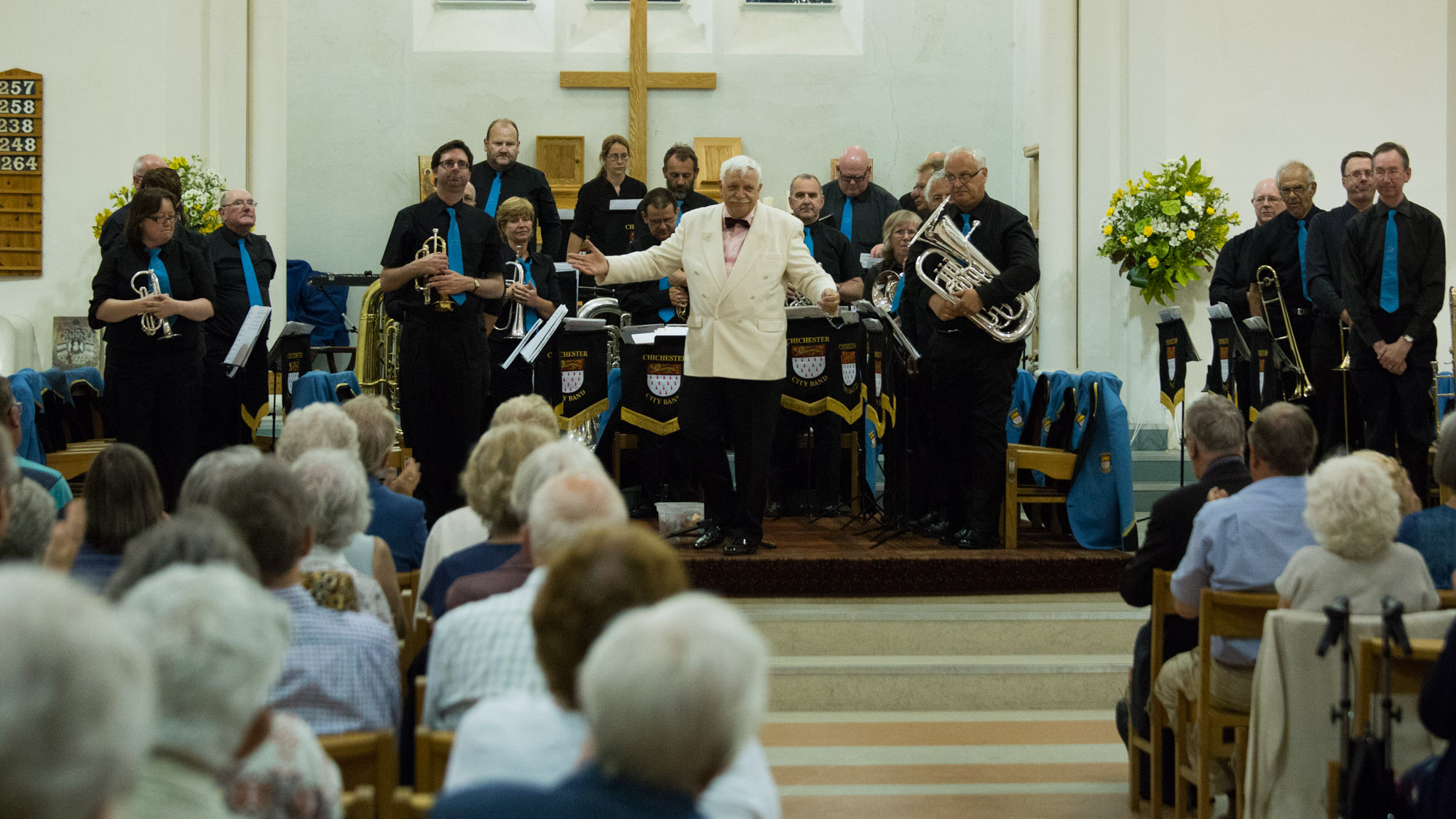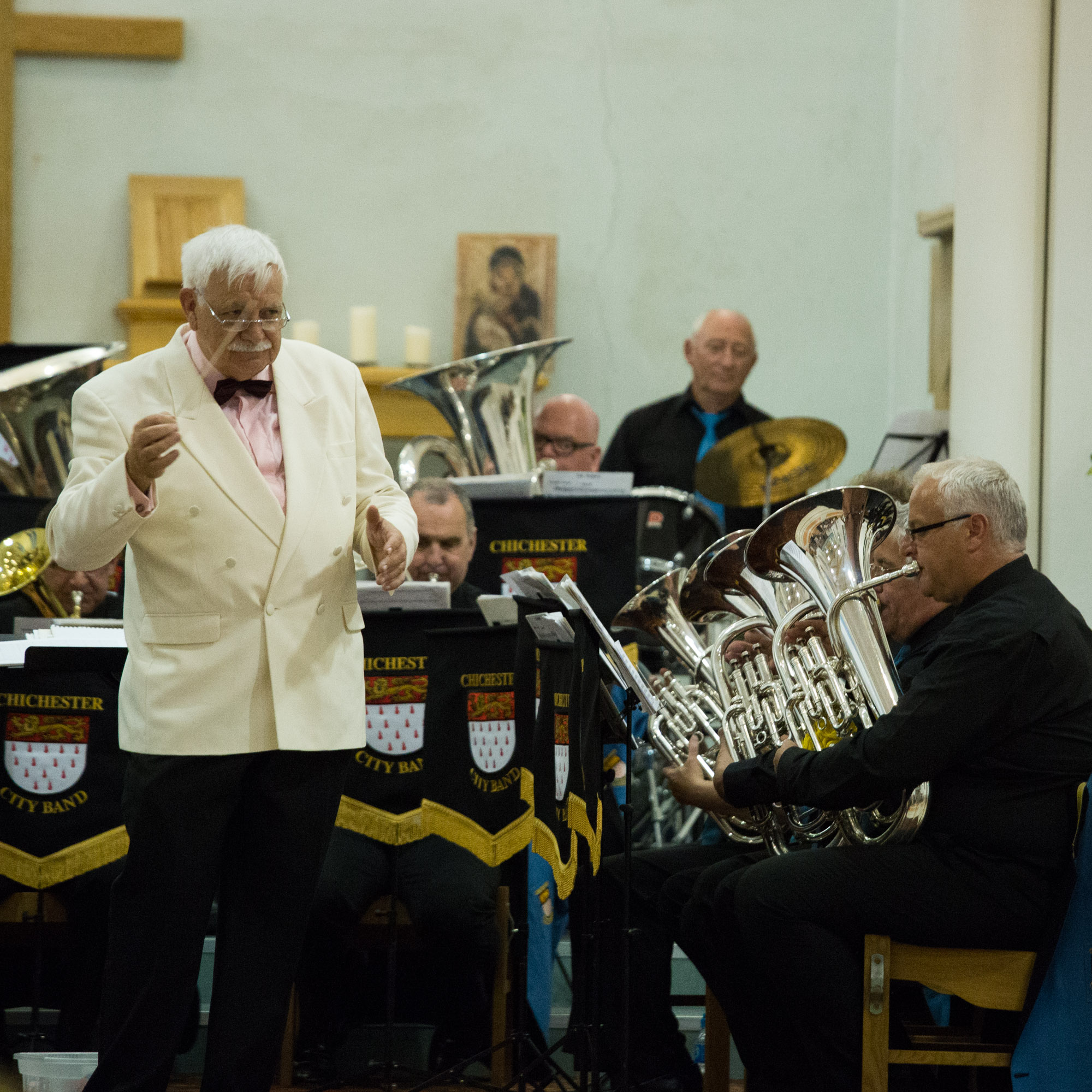The second month of my Prime Lens Project has just whizzed by - I guess this means I must be having fun!
For December I chose to use a 42.5mm lens to shoot with every week. With an effective focal length of 85mm this is what would often be considered a portrait lens - not a genre I’m comfortable with at all. However, there’s no need for any lens to be pigeonholed so I’ve used it to shoot anything and everything!
One of the things I love about prime lenses is the way I have to think more carefully about how I’m going to frame pictures. Without the ability to zoom I quite naturally walk to and fro to find the angle and composition I’m after - in fact I often still do this when using a zoom lens, simply out of habit!
At 42.5mm architecture, one of my favourite subjects, becomes a little more of a challenge, so it becomes a matter of either stepping back a little or choosing to focus on details instead of capturing the whole of a structure.
Please click on any thumbnail in this month’s gallery to see the image enlarged.
Knowing my chosen focal length for December was to be 42.5mm, I also took the opportunity to a different lens. Every year the lovely folks at Hire a Camera have a Christmas offer to hire equipment for twelve days over the festive break, charging for only two days. While it means they don’t have to be in the office to dispatch lenses, it’s also an absolute bargain and the perfect opportunity to try something new!
My chosen lens was the Panasonic Leica 42.5mm f1.2 Nocticron - a lens which is nothing short of a legend in the micro four thirds camera world. I already own its cheaper sibling, the f1.7 which is fantastic, small, sharp and light but I’ve often hankered to try this beast of a lens - this was my opportunity. It arrived a couple of days before Christmas and it’s barely been off my camera since then. I’m planning a short review of it in the coming days, so I won’t go into too much detail here, but suffice to say I loved it! All the photos in the second half of this month’s gallery were taken with the Nocticron and it was a big wrench to send it back on the 2nd January.
So what has this month’s prime lens(es) taught me? Well, 42.5mm on a micro four thirds camera is capable of so much more than shooting portraits. I love its ability to help me zoom in on the details and the longer focal length makes it much easier to isolate subjects from their background. Definitely a lens I’ll be using more in the future.
What’s next?
For January I’m planning to go wider, shooting with my Panasonic Leica 15mm f1.7 lens whenever I can. This moderately wide lens is already a favourite of mine, but using it more often will help me to get to know it better. I’m going to miss the reach of December’s lens, but I’ll just have to zoom with my feet a little more!
Why not join me on my prime lens adventure?
If you have a prime lens and fancy challenging yourself to shoot with it more often, why not join me? I’m sharing my photos from this project on my photoblog and over on Instagram with the hashtag primelensproject. I’m using my chosen prime lens exclusively for at least one day each week (although in practice, often more than that) but that doesn’t stop me picking a zoom lens when that’s more appropriate or practical. If you fancy doing the same please feel free to tag your photos in the same way and we can compare notes!










